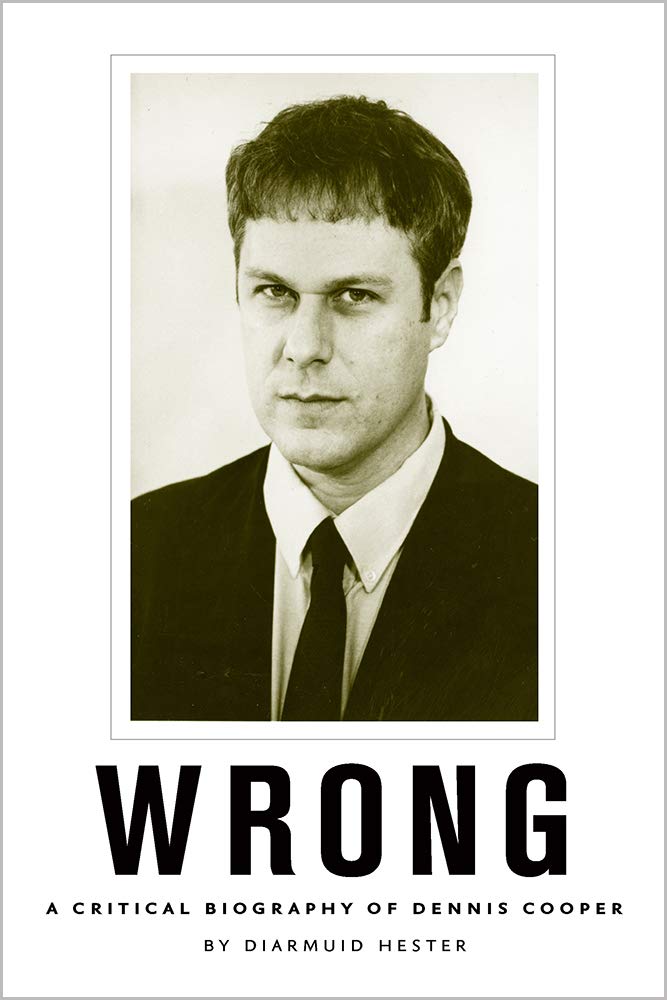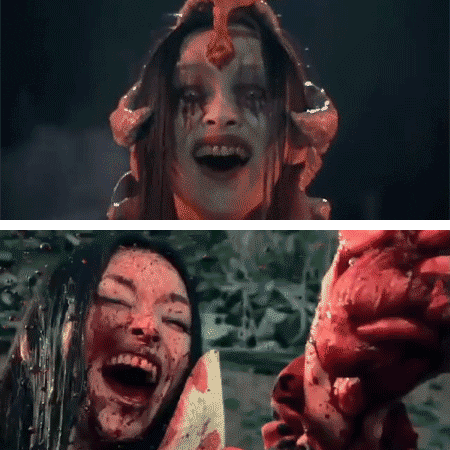
‘Filmmaker and make-up artist Yoshihiro Nishimura lives by his own rules. Known affectionately by fans as the uncontested godfather of contemporary Japanese horror, he’s responsible for cult classics such as Tokyo Gore Police and Vampire Girl vs. Frankenstein Girl. A glance at his IMDB page shows just how influential he’s been as a make-up artist: a veritable wizard of carnage. Japan’s Tom Savini.
‘In a career spanning three decades, Nishimura has done about every job on the credit crawl — from gaffer to director. He is best known, however, as a mad master of effects and makeup, spewing blood sprays that achieve a certain demented grandeur and building fantastic creatures that resemble raging piles of medical waste with body parts attached.
‘His low-budget movies may get labeled as sci-fi or action, but they’re little like the films of those genres that at least attempt to maintain a veneer of sanity. Many, such as Tokyo Gore Police and Hell Driver, have played at international festivals and been released on subbed DVDs. Despite this recognition, Nishimura rarely strays outside the exploitation ghetto.
‘Wherever Nishimura dives in, he makes a huge crimson splash—but he’s far more than just a bloody face. A bonafide jack-of-all-trades auteur, he’s a DIY screenwriter, producer, director, make-up artist, FX master and editor. Even better, in the process of achieving all that with minimal outside assistance, he has developed an unmistakable—and surprisingly hilarious—style. His latest victim is the Fantasia Film Festival, where his Kodoku Meatball Machine had a standout North American debut this past month.
‘”My number one goal is to amuse my audience. Many filmmakers are too selfish; they make their movies for themselves, like masturbation.”
Nishimura is pure entertainer at heart. He showed up at his premiere in a blood-spattered white jumpsuit, throwing candy to his audience. During the film’s credits, he stole the mic and danced down the aisles singing along to his movie’s theme music. When the lights came up, he got a standing ovation. And during the Q&A that followed, when an audience-member asked for an explanation of the film’s meaning, he belly-laughed, pulled out a Vodka Nip and downed it.
‘“For your amusement!” he bellowed. “That’s why I give you candy. The film’s meaning is pure entertainment.”’ — No Film School
___
Stills
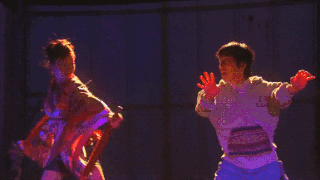
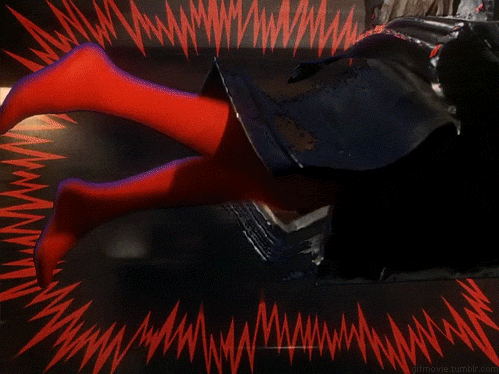

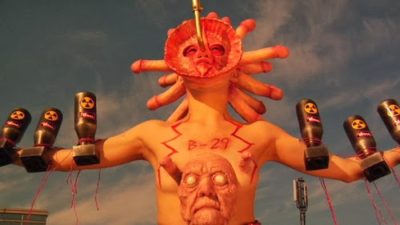
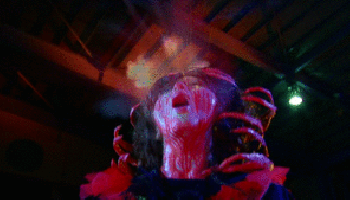
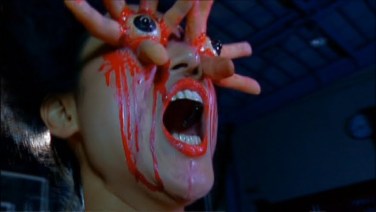
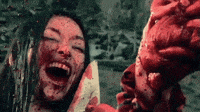
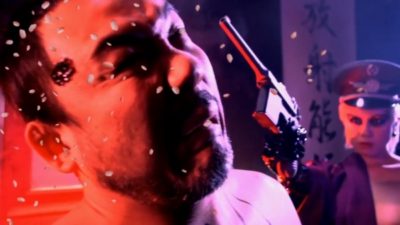
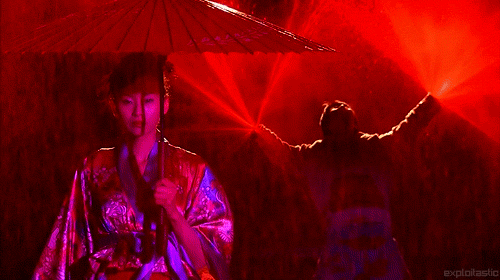
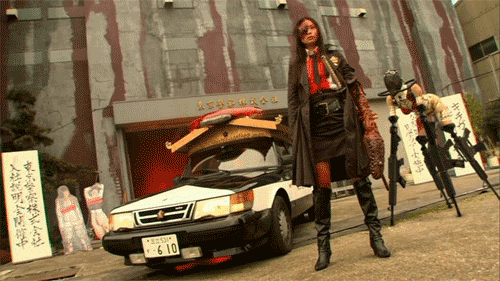
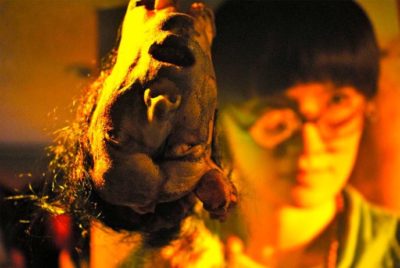
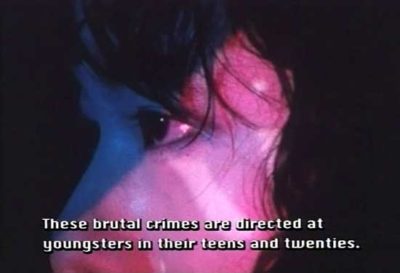
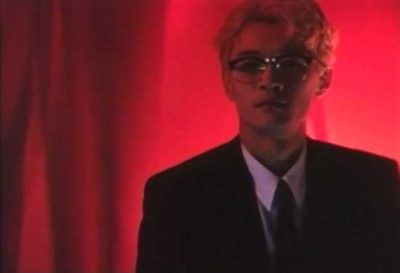
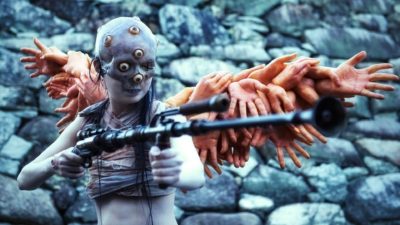
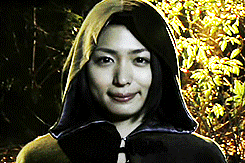
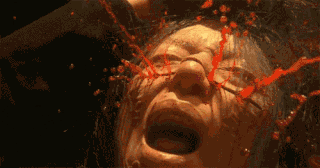
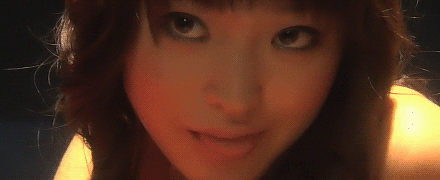
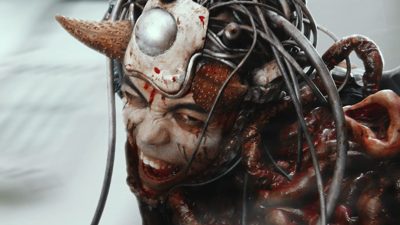
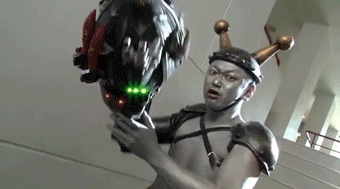

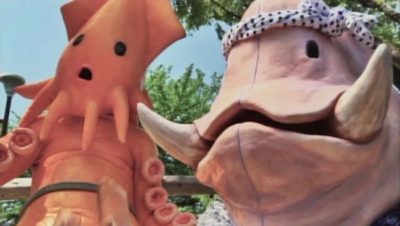
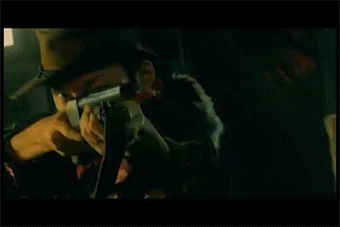
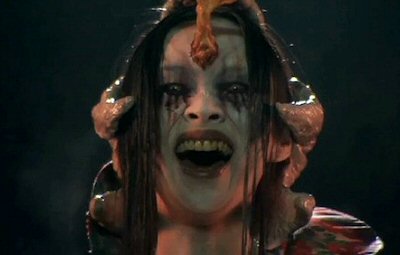
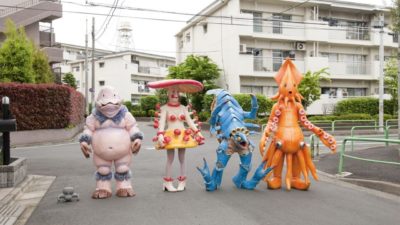
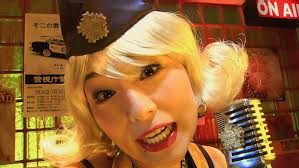
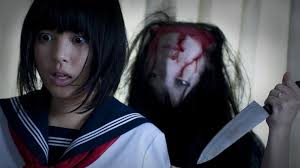
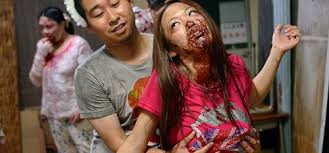
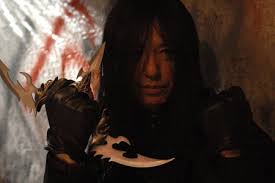
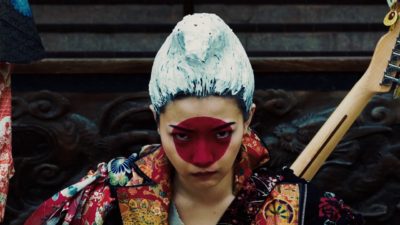
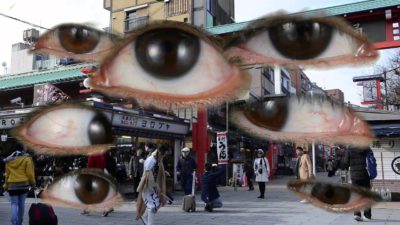

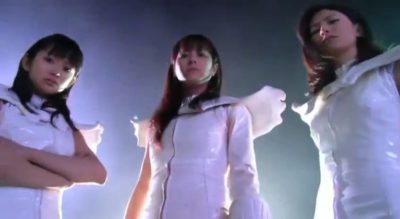
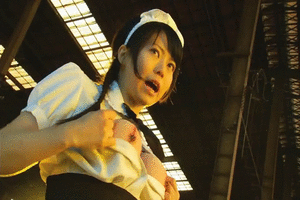
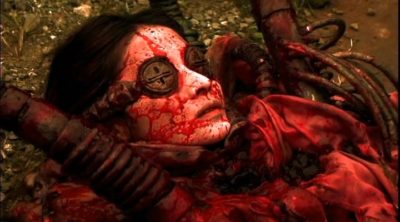
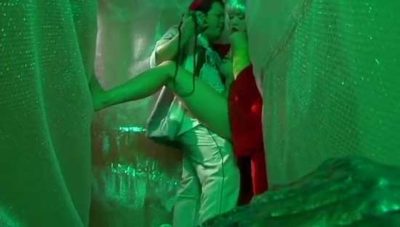
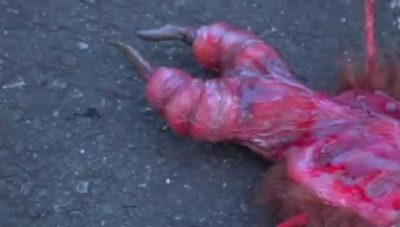
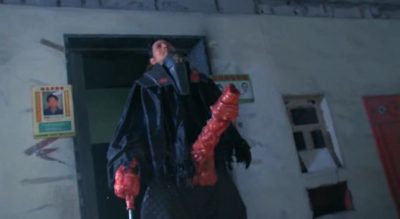
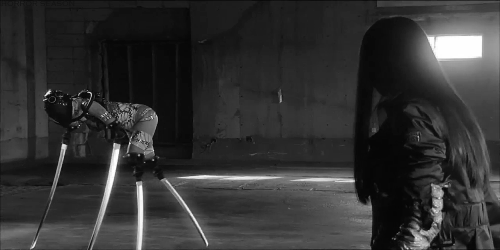
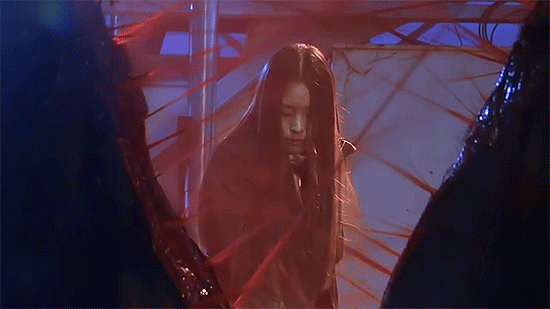
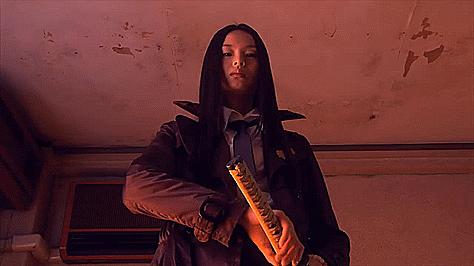

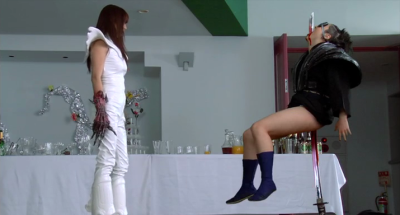
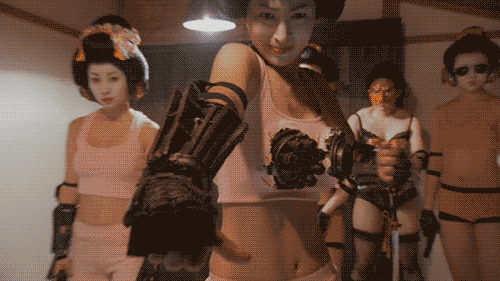
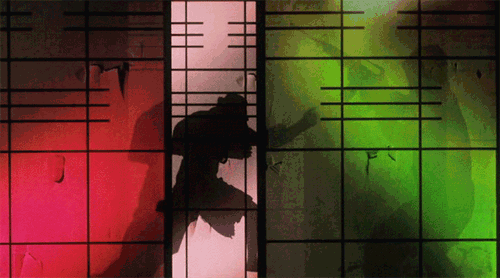
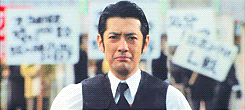
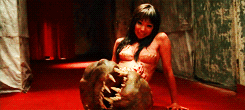
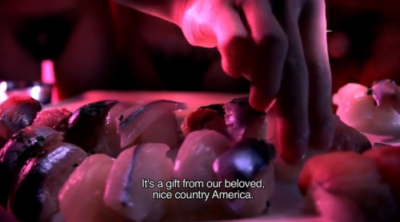
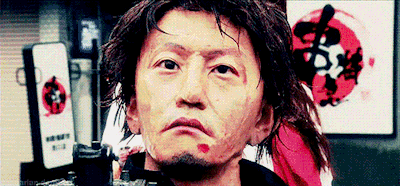
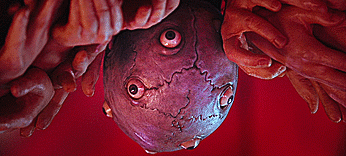
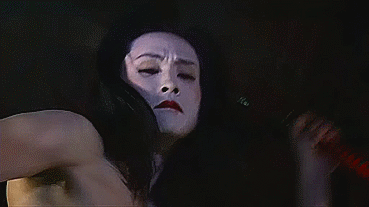
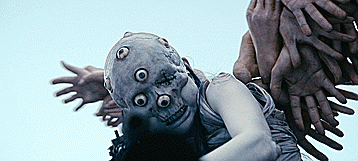
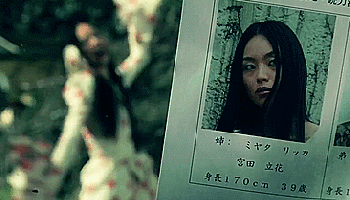
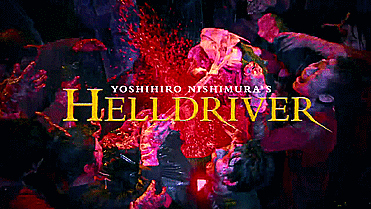

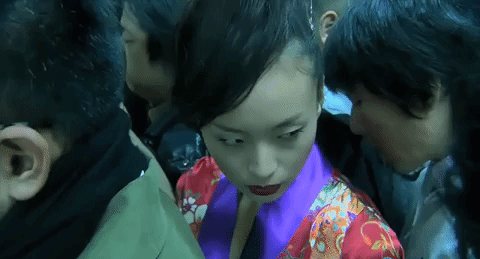
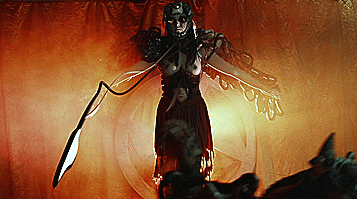
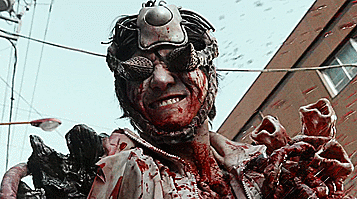
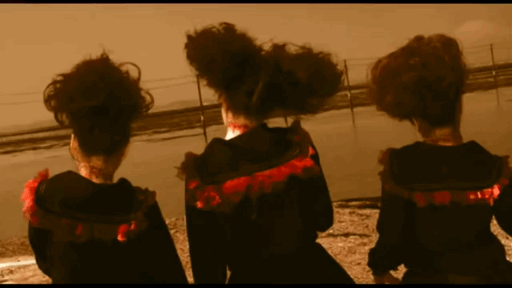
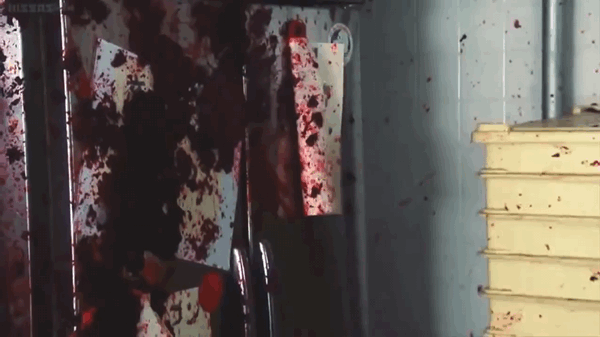
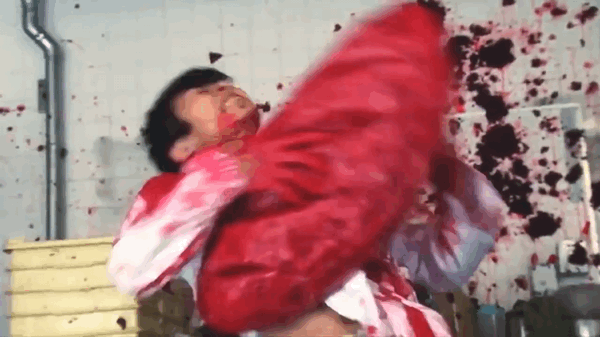
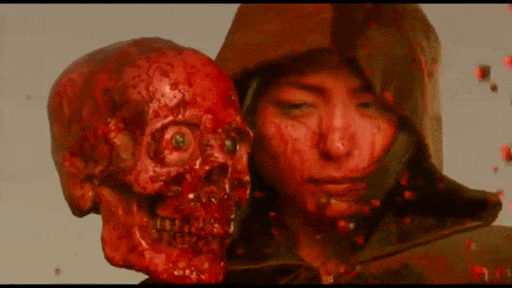
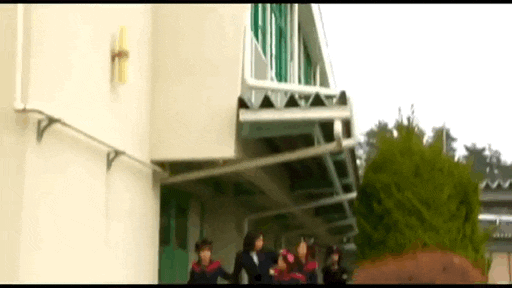
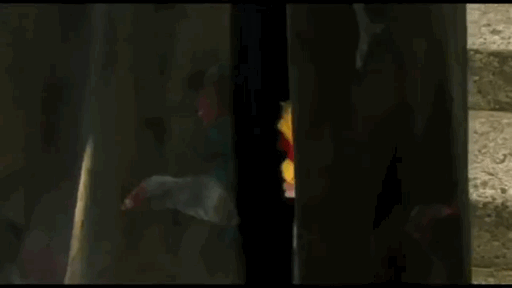
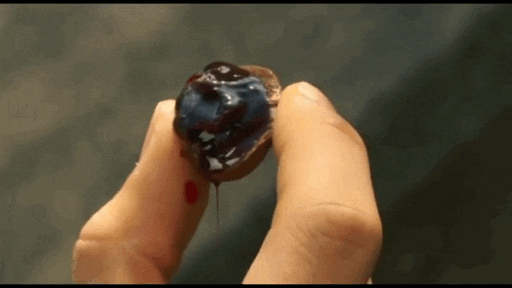
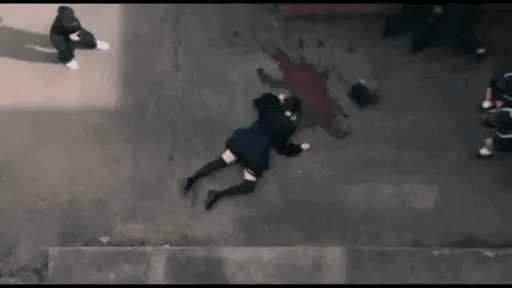
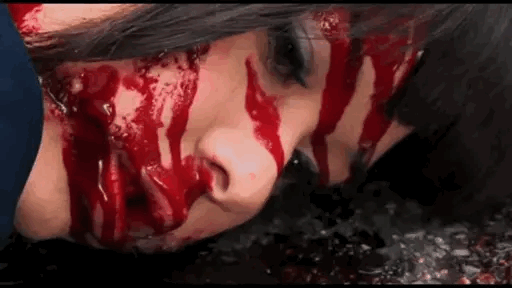
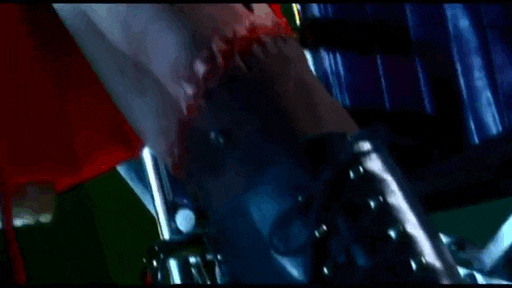
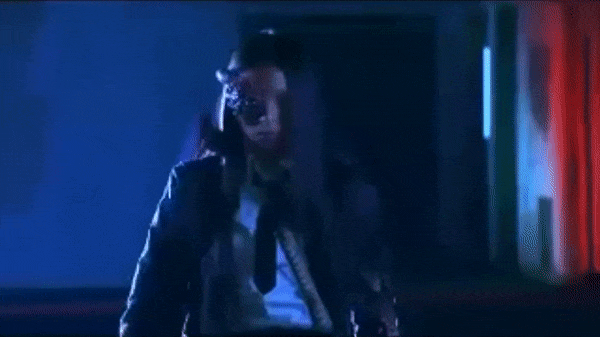
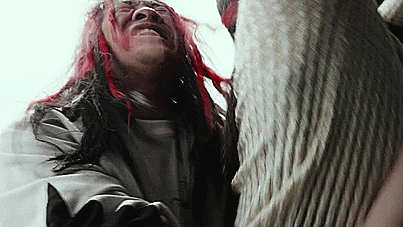
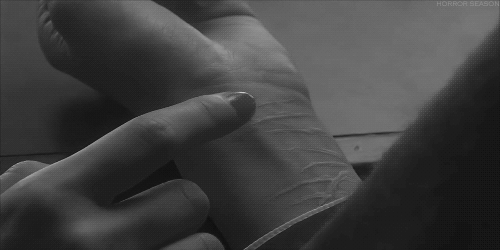
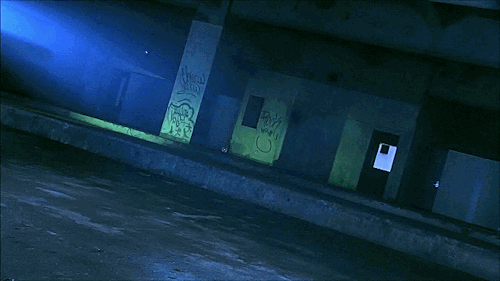
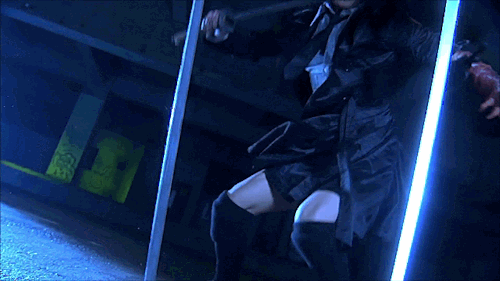
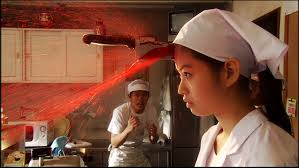
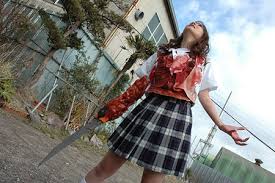
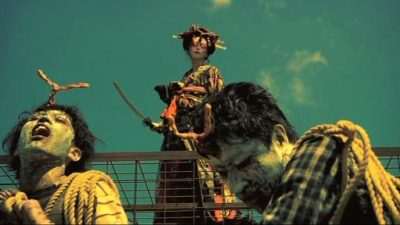

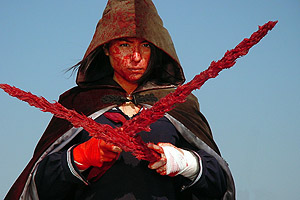

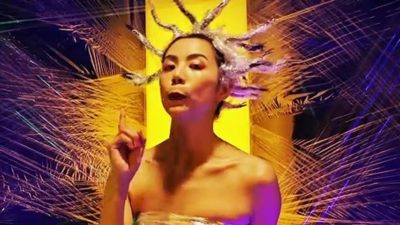
___
Further
Yoshihiro Nishimura @ IMDB
YN @ letterboxd
‘Film Your Nightmares’ and 6 More Tips from Horror Godfather Yoshihiro Nishimura
Asian Extreme, Tokyo Gore, and Sushi Typhoon
INTERVIEW : YOSHIHIRO NISHIMURA
An Interview with TOKYO GORE POLICE Director Yoshihiro Nishimura
All’s fair in blood and gore for special effects maestro Yoshihiro Nishimura
NY Asian Film Fest Guests Bring Props
____
Extras
Yoshihiro Nishimura, Film Director
Greetings from Director Yoshihiro Nishimura
Master Class Yoshihiro Nishimura 2012
Unfinished (Sujibori) is a 10-episode U-Next series directed by Yoshihiro Nishimura, a.o.
_____
Interview
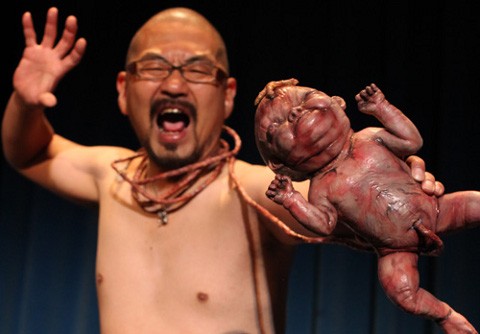
You have been making movies since you were in junior high and you have worked in quite a lot of films through the years. How difficult is it to make a movie in Japan and do you think that it is easier than in other countries?
First of all, making a movie in Japan is pretty challenging. I’ve been making movies in Japan and I can say that both time and budget are very limited. For example, the situation now is getting better but in the past it was so challenging to find all the ingredients for the special effects makeup. Not every ingredient was available in the past, therefore it was a race against time.
I haven’t had much chance to make movies outside of Japan, so I can only speak about the cases in Japan. There is no union in this industry in Japan. People work long hours. We do lots of overtime to complete a movie. It is getting normal for me to work like crazy, but I think it is a challenge in Japan.
You have majored in law. Have you ever thought about pursuing that kind of a career?
My father is a patent attorney. He suggested to me to study law, so I did. I liked social study and history. I liked memorizing. I thought law was a good choice for me and then I majored in law at the university. It was a good choice after all. I never thought of following a law career, however what I studied there still helps my movie making.
You have stated in previous interviews that the paintings of Salavador Dali were of your earlier inspirations. Could you elaborate on that? Which ones, for example?
“Inu Onna” the poison girl from “Tokyo Gore Police” has no arms nor legs but wears four Japanese swords to fight. This girl is inspired by Dali’s long legged elephant.
You have worked in 16 different departments of the production of a movie, from makeup, costume and special effects to actor, writer and director. Which one do you enjoy more and where do you find the time to study and perform all of these?
I enjoy every task at every department in making a movie, but I would say directing is my calling. I would say I have no stress working as a director. For other roles or tasks, I would feel frustration due to the gap between what I try to imagine and achieve, and what the director wants to create, and due to disagreements with the other departments.
After graduating the university, I worked at a company who creates commercials, for five years. In Japan, in order to create a commercial, you have to work as a director assistant, a producer, an assistant producer, etc, all the tasks at the same time. That’s where I learned all the tasks. I even learned budgeting and working as a producer there. At that point, I had a clear intention of learning everything about movie making and start making movies all by myself alone in 10 years, before I turn 30 years old. So I studied every task I need for a movie production during this five years. After that, I kept learning art work, camera assistance, lightning, etc.
I’ve been making independent movies with Sion Sono together for about 30 years. When Sion was 30, he decided to make a commercial film. So it was on-the-job training. It wasn’t easy but that’s how I learned movie making. I learned the business while earning money.
You have worked in low budget films as much as in high budget. What are the differences between the two and which do you prefer?
Basically, there is no difference between low-budget and big-budget movies. What I do is the same. If there are differences, they are just small ones: more time, better meals, more staff, etc. I like them both.
Why did you decide to shoot only splatter movies? What is the appeal you find in the extreme depiction of gore and violence?
Actually, I didn’t mean to shoot only splatter movies. I really didn’t realize I was making splatter movies. I’ve been involved in hundreds of splatter movies, creating blood, special effects makeup, monsters, etc in before “Tokyo Gore Police”. I wasn’t always satisfied with the requests I received, but for “Tokyo Gore Police” I could do whatever I wanted, to make it more fun for the audience. Usually the scenes with actors speaking are considered more important than those splatter scenes with blood exploding and special effects, which I had to make them in a hurry.
Besides the obvious horror elements in your movies, there is also quite a lot of humor. Do you prefer to scare your audience or to make them laugh?
I want to create a “wave” to the audience. I want to show something gross but at the same time I want to make them chuckle. I would like to show something nobody has never seen before. What I create is entertainment. I like them both, making sure the audience doesn’t get bored. I always adjust the audience’s emotion, the “wave”. I call it the margin of audience.
You use a lot of blood in your movies but it looks realistic and impressive at the same time. How do you achieve that, even in low budget films?
My movies use lots of blood. Sion demands realistic in his movies. He has been a good friend to me and we’ve been making some independent movies together. But I don’t want to make the same movies as Sion, so I go my own way consciously in my movies, showing much more blood. I love his movies and I can make it realistic for his movies. For my movie, I make blood more showy. As a professional I should manage to create both ways.
I don’t ponder too much but I use different effects depending on the scene. When more impact required, I use a pump for getting water from a well or a balloon for creating blood splattering.
You have repeatedly cooperated with Sion Sono and Tak Sakaguchi. Could you tell us about these experiences?
Sion and I have been friends for about 30 years. He has been helping my movies. Tak has been an action actor and a director for action movies and he has been helping me too. Sion also asks Tak for help, therefore these days we three work together.
You prefer female main roles in your movies. Why is that and is there an actress that you would like to cooperate with in the future? Is Eihi Shiina your favourite actress to cooperate with?
I always had an image that women are strong. I’ve been using women in leading roles. Recently, I started using men. I heard some people want to see some men. This time I use an older man. I don’t always have to use women as a leading role but I prefer a female leading role because I think women can express their strength better.
I don’t plan casting for a leading role in advance. The actresses have ups and downs. Some actresses have a long shining career and others don’t. So timing is important. I don’t choose one actress all the time.
Not always as a leading role but yes, I do want to work with Eihi Shiina again. I like her but I don’t plan to choose an actress for a leading role in advance. Shiina has ups and downs. She works well on an actual stage but has a strong character. We have to offer her a role only for her, a character that nobody else can do, otherwise she may be lost.
Is casting actors-actresses for these films difficult, considering their extreme nature?
I don’t have a hard time. I work with new people but since my movie style is very unique, there could be some confusion. So I need to have some familiar faces who know my movies well to pass on some tips for my movies to new actors. So that new actors don’t get drown by the blood.
Since “Tokyo Gore Police” you have achieved fame overseas. What are your feelings towards this and what are the differences between Japanese and western audience?
I’m happy that more people enjoy “Tokyo Gore Police”. The Japanese audience is very quiet. Too quiet. When overseas, I can feel their reaction right away. I can see what makes them laugh or be surprised.
The Japanese audience let me know what was funny a bit later, sometimes after two days later. In this movie, “Kodoku Meatball Machine”, the leading character is a bald old man. Everyone in the movie calls him “bald head”. The Japanese audience laughs In Japan “bald head” is a name-calling but not in overseas. Outside of Japan, it is not something people laugh. “Bald” is considered as a symbol of man and not something people laugh about or pick on.
What is the situation with the extreme movies (splatter etc) scene in Japan at the moment?
In Japan, the pure love movies with teenagers are more popular. Not much splatter movies are being made. Or the yakuza movies are also popular these days. We don’t have a big audience for splatter movies.
Why did you decide to shoot a sequel of Meatball Machine? What was the inspiration behind the script? In general, what inspires you to make movies and how do you work in the scripts?
Technically speaking, the very first Meatball Machine was an 8mm movie version as a totally independent movie. And we reworked the first Meatball Machine from the 8mm version, therefore my “Kodoku Meatball Machine” this time is my own creation with the same concept from the original Meatball Machine. So it’s not the sequel.
Three years ago, I made an action movie called “Torakage”, a ninja movie. It was a hit. The producer from King Record wanted me to make a movie. I wanted to create “Torakage 2” but he suggested a new Meatball Machine. I wanted to create another Meatball Machine movie so I happily accepted. The producer only requested two things for “Kodoku Meatball Machine”; one request is to use a monster Nekurobogu and the other is to include a love story. That’s all. Other than that, I could do whatever I wanted.
For two years I was only involved in making “Shin Gozilla”, no other movie and we lost money. I was shocked to learn that you couldn’t make money even with this popular movie. The theme came from there; working hard forever, but not making money. So the Russian folksong was inspired from this difficult experience. The letters appeared in the bottle was inspired by Twitter. There was such a flame in my Twitter. Every day I got about 2,000 nasty messages from animation fans, therefore I also included the flame to the theme of the movie. All my negative experiences became the theme of this movie.
The theme of “Torakage” is family. At the beginning I often used this theme. It is changing now. The way I work is like this; I write a plot in a few pages and then I ponder what I want to say in the movie for a week.
Why did you choose family as the theme?
Maybe it comes from my problems with my own family.
What is your opinion of the movie industry in your country at the moment?
Money-making movies are very limited with sloppy love story movies, or someone dying from rare sickness now in Japan. I don’t think they would be popular outside of Japan. There is not much budget for splatter movies in Japan.
Which are your favorite filmmakers/movies?
David Lynch and Alejandro Jodorowsky are my favorite movie directors. I watched many horror and splatter movies such as Romero’s. But that’s not what I aim at. I watch them to learn technique, not to enjoy.
What are your plans for the future?
I plan to go to South Korea and I have two movies to direct. One is about an embalmer.the other one is still confidential. I want to continue to make movies but I also want to teach young people who are in twenties. I’m 50 and I’m not that young.
________________
15 of Yoshihiro Nishimura’s 25 films
________________
Anatomia Extinction (1995)
‘The rather oddly titled Anatomia Extinction is an avant-garde horror/sci-fi hybrid by the director/special effects artist Yoshihiro Nishimura. A precursor to Tokyo Gore Police (2008), it is a bizarre trip of giallo like beauty and gross out body horror, all tied in a neat little 54-minute package. The hectic editing style, together half-man/half-machine type body horror, are noticeably reminiscent of Tetsuo, the Iron Man and it’s fairly obvious that Tsukamoto’s 1989 fantasy of flesh and metal has been at least partly the inspiration behind the film. Anatomia Extinction is a strange watch to say the least and definitely not for everyone. Fans of Tokyo Gore Police might enjoy seeing where the inspiration for the said film came from and equally fans of Tsukamoto or Cronenberg might enjoy the macabre little world Nishimura has created. If you’re not a fan of the avant-garde or prefer your films with dialogue, you need not bother.’ — Horror News
the entirety
_______________
Speakerman: The Boo (2004)
‘The story of an odd creature called the Speakerman, who served duty in a small mining village by sounding the siren/megaphone that is his head to tell the workers when it was time for lunch and to alert people in case of a mining accident. When the mine closes, Speakerman ends up lonely and in search of new friends and meaning in his life.’ — letterboxd
Trailer
_________________
Meatball Machine: Reject of Death (2007)
‘In 2005 the directors Yudai Yamaguchi and Jun’ichi Yamamoto came together create a film called Meatball Machine. Based on Yamamoto’s earlier work from 1999, it’s an aggressive cyberpunk, sci-fi/horror-hybrid romp about alien parasites turning their hosts unto slave “Necroborgs”. It was a breakthrough film for the special effect’s wizard Yoshihiro Nishimura, who would later on go on to direct such films as The Machine Girl and Tokyo Gore Police, as well as a bizarre ten-minute sequel to Meatball Machine titled Meatball Machine: Reject of Death. You can pretty much summarise the whole ten minutes in one sentence: That escalated quickly. It’s complete cyberpunk madness from start to finish, with very little plot and dizzyingly fast action. Basically, the film consists of two necroborgs attacking people around them in the weirdest weapons imaginable. The AV idol Asami is a good sport as usual and plays her outlandish role brilliantly, although when it comes to acting, it hard to assess anyone’s performances as the whole experience is so chaotic that it leaves very little room for any deeper analysis.’ — Horror News
Trailer
_______________
Tokyo Gore Police (2008)
‘“Tokyo Gore Police” is quite possibly the goriest, craziest, most eye-blowing, chunk-spewing, head-exploding sci-fi movie of all time. It takes place in a futuristic Tokyo, where the police have been privatized into a paramilitary force that uses extreme violence – even public rub-outs – to maintain order. The force’s scourge is a race of “engineers,” criminally insane gangsters who can turn wounds into weapons (in one case, a penis gun). But the mutants are no match for Ruka, a no-nonsense cop who carries a samurai sword and dresses more like a schoolgirl than a crime fighter. The hunt for baddies is personal to Ruka because her father, also a cop, was assassinated. Enough blood is unleashed to fill Tokyo Bay. Garishly filmed over-the-top mayhem is nonstop and includes S&M-attired quadriplegics walking on swords.’ — V.A. Musetto
Trailer
_______________
Vampire Girl vs Frankenstein Girl (2009)
‘While “Tokyo Gore” contains trenchant political satire, “Vampire Girl” only dabbles in silly lampoons of Japanese youth fads with girls who take their wrist-cutting to an intercollegiate competitive level, and “ganguro” girls who make themselves up to look like golliwogs in misfired worship of African-American culture. Despite claims of a higher budget used than “Tokyo Gore Police,” production quality looks a little shoddy. HD camerawork is also sloppy in certain scenes, such as the definitive duel between Monami and Keiko atop Tokyo Tower, or the sword fight between Monami’s mother (Eihi Shiina). Visuals sometimes become monotonous, with blood spraying and blurring the frame like a garden sprinkler. Creature designs are jaw-dropping.’ — Hollywood Reporter
Trailer
Yoshihiro Nishimura and crew takes questions re: Vampire Girl Vs. Frankenstein Girl
_______________
Mutant Girls Squad (2010)
‘If you think you have seen all possible mutant weapons before, it only gets better with the new ones discovered amongst this group of monsters. There are limbs that transform into swords, a claw arm, tentacles that grow from fingertips, even an anal chainsaw! Take the X-Men and add a ton of blood, crazy special effects and a demented leader and you get the MUTANT GIRLS SQUAD. They band together to get revenge, take over Japan and, ultimately, to transform it into a land for mutants only!‘ — Calgary Film
Trailer
_____________
Hell Driver (2010)
‘Nishimura, as usual, incorporates as much absurdity as possible in the film, starting with the movie’s titles that appear after almost half an hour has passed. Furthermore, the zombie boxer, the guards with the peculiar helmets, and a fighting scene involving a kind of pole dancing are only a few of the irrational scenes and notions appearing here. Apart from these, his usual tendencies are also present: constant bloodbaths, surreal humor, impressive battles and a rudimentary effort for social remark, specifically concerning drugs and racism. The technical aspect is quite impressive for a splatter. With him doing his own editing, the film retains a frantic pace, that mostly looks like a collage of his preposterous ideas than an actual movie. Shu G. Momose’s cinematography manages to follow on these crazy ideas and the 6 members of the visual effects team manage to make them into reality. Both tasks could be perceived as colossal. The 7 special make up effects artists have done a spectacular job under his supervision, as is the case with Minori Niizaki who is responsible for the costume designs.’ — Asian Movie Impulse
Trailer
Excerpt
_____________
Gekijô-ban: Harapeko Yamagami-kun (2012)
‘Director: Noboru Iguchi, Yoshihiro Nishimura, Jun Shiozaki. Starring: Keisuke Horibe, Marin, Maki Mizui, Takashi Shimizu.’
Trailer
_____________
Z is for Zetsumetsu (2012)
‘Twenty-six directors. Twenty-six ways to die. The ABC’s OF DEATH is perhaps the most ambitious anthology film ever conceived with productions spanning fifteen countries and featuring segments directed by over two dozen of the world’s leading talents in contemporary genre film. Inspired by children’s educational books, the motion picture is comprised of twenty-six individual chapters; each helmed by a different director assigned a letter of the alphabet. The directors were then given free reign in choosing a word to create a story involving death. Provocative, shocking, funny and ultimately confrontational, THE ABC’s OF DEATH is the definitive vision of modern horror diversity.’ — Magnet Releasing
Trailer
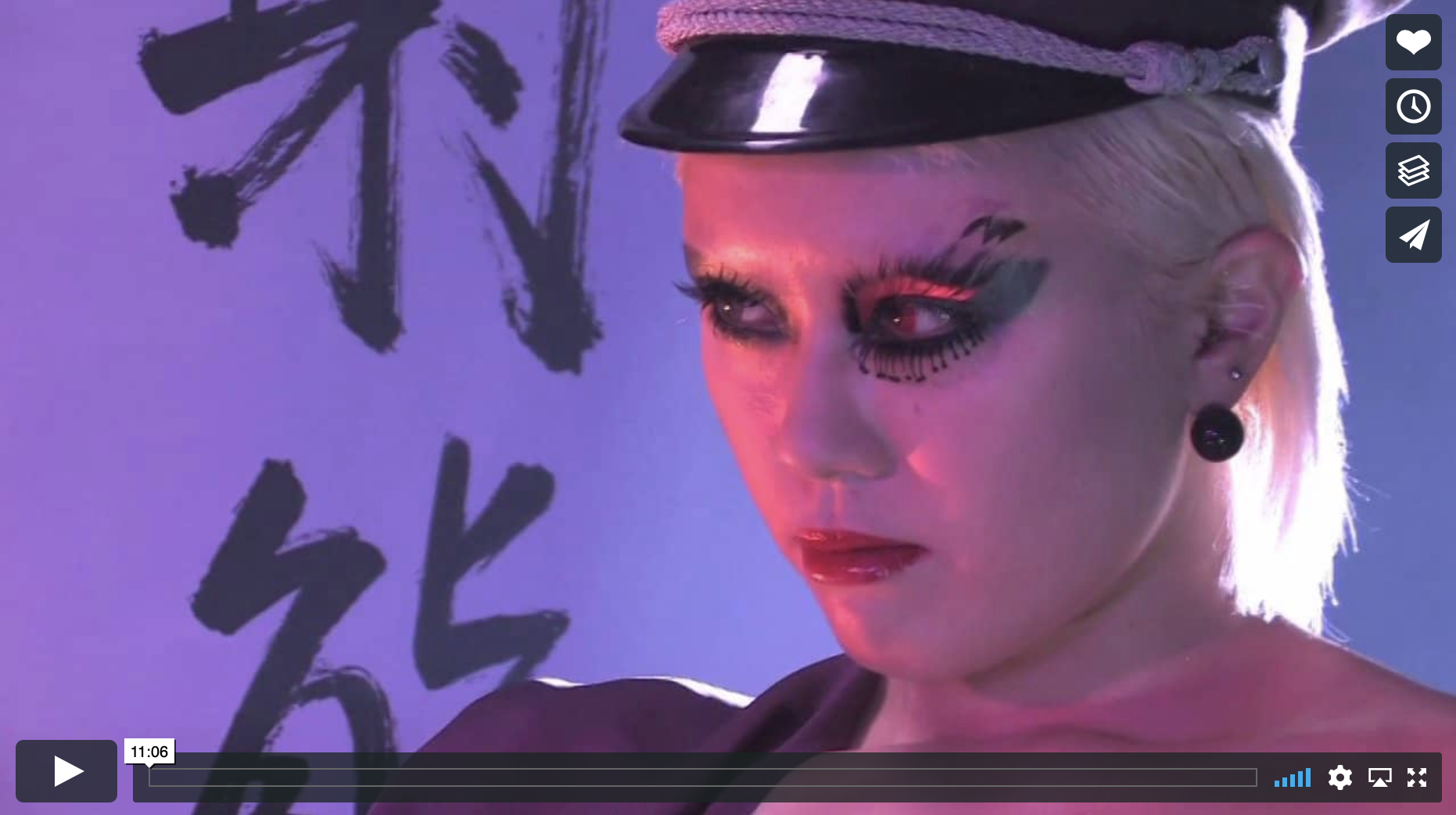
Watch “The Making of Z is for Zetsumetsu” here
_____________
Zombie TV (2013)
‘A Monty Python-esque collection of shorts, animation, sketch comedy, instructional videos and more, ZOMBIE TV showcases the natural evolution of zombies in the 21st century, no longer a frightening menace, but rather an annoying neighbor you realize you simply have to put up with. ZOMBIE TV answers such natural questions as: in a world full of the undead, wouldn’t some of the surviving humans want to join the majority and become zombies themselves? Would becoming a zombie solve the emotional and relationship problems we all have as living, breathing human beings? Do zombies have their own idols? Would zombies worship a zombie god? Who would win in a fight: a cannibal, or a zombie? How did zombies evolve from walkers into runners? And the most burning question of all: how do zombies have sex?’ — Screen Anarchy
Trailer
A look at director Yoshihiro Nishimura’s ZOMBIE TV!
______________
The Ninja War of Torakage (2014)
‘Silliness is a superpower in The Ninja War of Torakage, Yoshihiro Nishimura’s genre-fluid adventure about a man who thought he escaped the world of warriors, only to get pulled back in. A touch of Yojimbo creeps into the story, where our hero must please two rival clan leaders in order to keep his wife and child alive, but danger and intrigue are here just as ballast for a goofy, self-mocking streak that otherwise might not hold our interest for an hour and a half. The picture’s silly spirit is admitted early on, when our hero’s plight is set up: Torakage (Takumi Saito), a retired ninja who now lives a peasant’s peaceful life, is forced by the vicious Gensai (Eihi Shiina) to go steal scrolls that will lead her to ancient treasure. He is brusquely interrupted by an on-screen narrator — the man, wearing Coke-bottle glasses and ruffled-collar frippery, claims to be a Portuguese scholar of ninja culture; he drops in on occasion to introduce tools of warfare and explain bits of backstory via nicely done shadow plays.’ — Hollywood Reporter
Trailer
______________
Tengoku shori kôjô (2016)
‘Tengoku shori kôjô, the first volume of VR “Dead” Theater, is a VR horror short written and directed by Yoshihiro Nishimura that was released at 124 Internet cafés across Japan on October 17, 2016.’
Trailer
______________
Tetsudon Kaiju Dream Match (2017)
‘Tetsudon: The Kaiju Dream Match is a wonderful salad of techniques and narrative films sometimes parodic, sometimes experimental, Japanese with a bit of spicy Mexican. With the participation of the Mexican Ulises Guzmán, the only foreigner of 17 directors among which stand out Sion Sono ( Suicide Club , Deadly Fish , Let’s play hell ), in a fabulous cameo; Yoshihiro Nishimura ( Tokyo Gore Police , Helldriver , Vampire Girl vs. Frankenstein Girl ), Kiyotaka Taguchi ( UltramanX , Ultraman Orb ), Hideki Oka ( Urutoraman Saga ,Tomica hew rescue force ) y Tomohiko Iwasaki ( Fool Japan , Tetsudon ABC ).’ — Cinando
Yellow Road trailer – Yoshihiro Nishimura-directed short
General trailer
______________
Meatball Machine Kodoku (2017)
‘Nobody knows where they came from. They parasitize in human beings, take control of them and change their bodies into hideous monsters (Necro-borg). The Necro-borg fight each other until the other dies. Where did they come from? To what end? Yuji and Kaoru, whom both have dark secrets within themselves, get caught up in the horrific battles of Necro-borg. What will their fate be?’ — Kingu Rekôdo K.K.
Trailer
______________
Welcome to Japan: Hinomaru ranchi bokkusu (2019)
‘A unique violent action film by Yoshihiro Nishimura (Meatball Machine Kodoku) about female assassins mixed with Japanese food culture.’ — Cinando
Trailer
*
p.s. Hey. ** Milk, Hi, Milk. I’m doing okay. No, no pet. When I was a kid I had a series of dogs, all of whom died tragically. Hit by cars, wasted by disease, put to sleep for biting a friend, torn to shreds by a coyote. Since then, I have a no pets policy. But everyone I know who has one agrees with you, and I believe you all. ** David Ehrenstein, Hi. I love those paranormal investigation shows. I eat them up like Fritos. I was sure I saw a ghost in my kitchen when I was 16, but I was on acid so I’m pretty sure I didn’t. I saw your request this weekend and thought it was a capitol (capital?) idea, so your Dorothy Dean post is now restored and will launch here two weeks from today! ** _Black_Acrylic, I, of course, had never heard of Bernhard Willhelm until I found that item. I started to know a bit of a fair amount about fashion when Yury was really into it, but then he lost interest, and now I am an ignoramus again except for a short period in fashion about ten to eight years ago. ** Bill, You know, I would too. Is in that chair. Except maybe in a non-air-conditioned room in the middle of the summer. I think, yes, that counts as productive. Way so. Any project progress since? ** Scunnard, Eek, you scared me. Yeah, I’m perfectly under-the-circumstances fine. And you? That timeframe should be fine, but you should send the mss. or something, no? ** Steve Erickson, Hi, hard worker. Everyone, Mr. Erickson has added to his booming musical oeuvre with two new tracks you can hear for yourselves: “Scapegoat (American Virus)” and “Noonday Demon”. Like I told David, I just eat paranormal shows up like a pig at a trough. Or have. France does not seem to have much of even a slightest interest in the form sadly. I’ll look for those films. The music one intrigues. For the Alice Cooper thing if nothing else. It doesn’t get a whole lot better than Alice Cooper in the ‘Pretties for You’ to ‘Billion Dollar Babies’ era. Doug Kershaw was kind of a big hip deal back in the day. Not sure why his stuff has faded out. ** Corey Heiferman, Hi, C. Thank you. Glad you enjoyed those things. And I’ll go check out your add in mere minutes. Oh, wow, you actually accepted my challenge! And you did one helluva fine job fulfilling my mission! Very nice sideswipes. You would have been a great rock critic back in the days (70s, mostly, or until Tiny Mix Tapes recently folded) when rock criticism was a form that welcomed auteurs and accepted the tangential as a modus operandi. Thank you! My weekend was, hm, okay. Worked on some fiction and GIF stuff. A few emails. A bit of sun, a bit of rain. Same old, but not bad same old. Happy Monday. ** Right. I trust that you will agree with me if you already don’t that Yoshihiro Nishimura was very well deserving of his own Day. See you tomorrow.

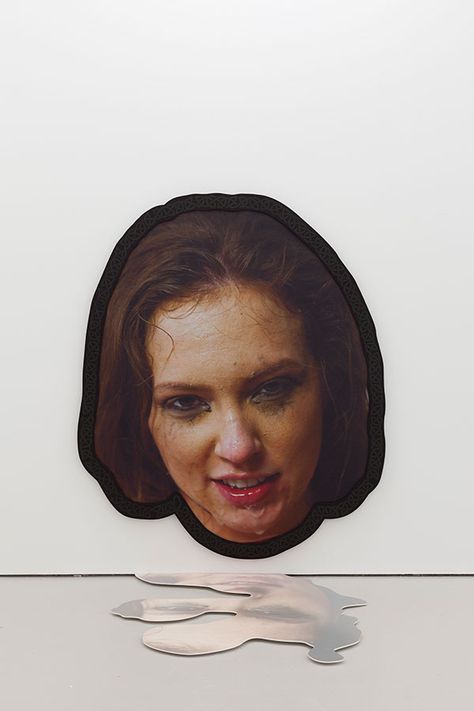

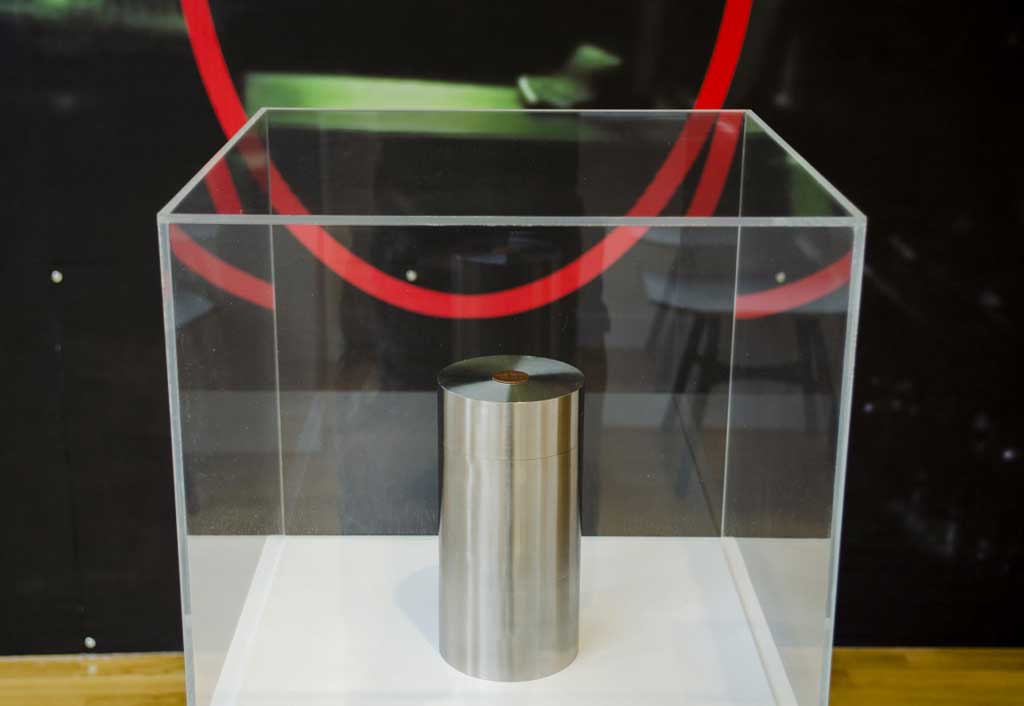
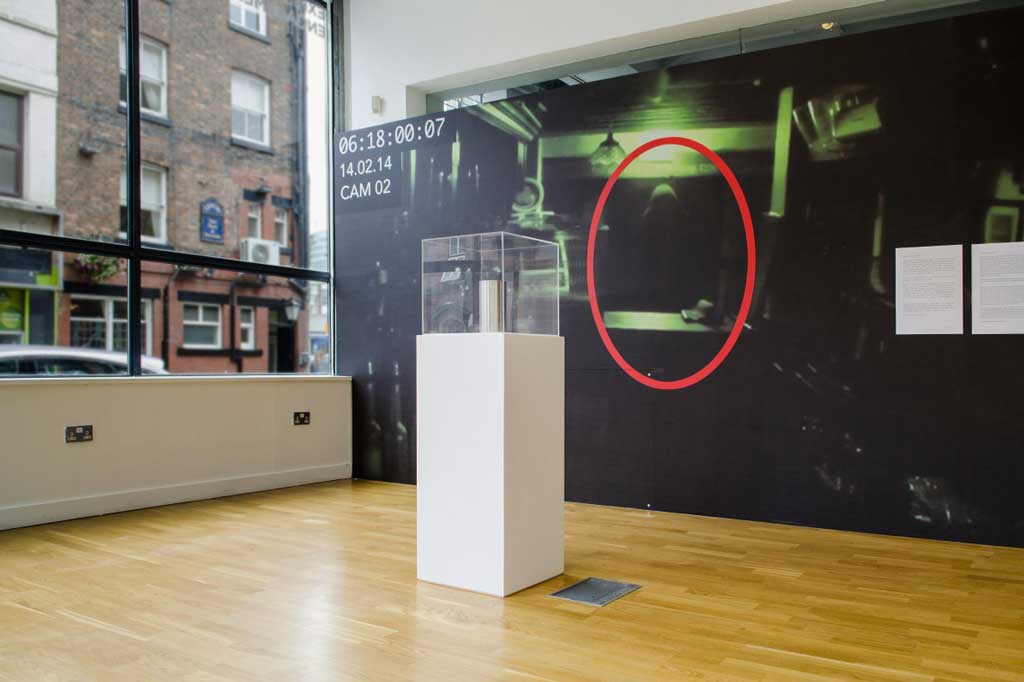
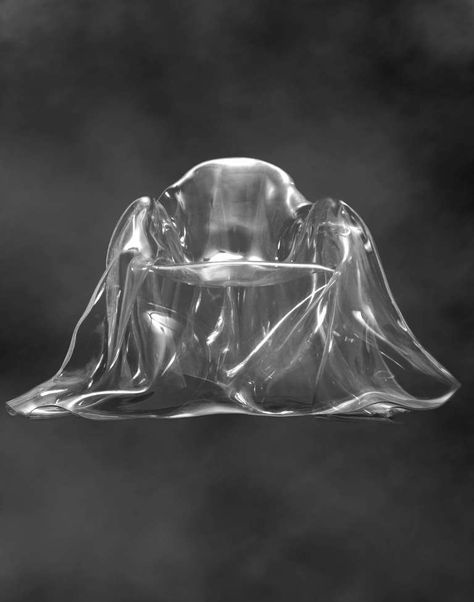

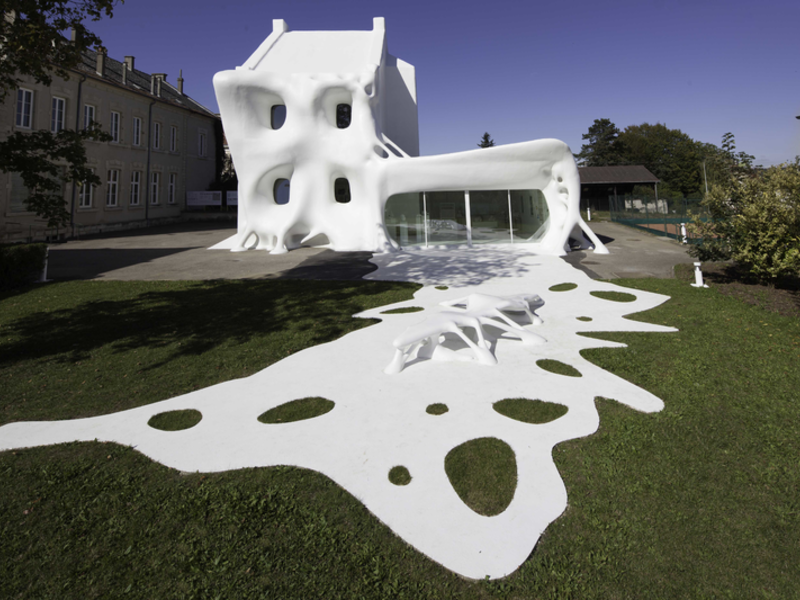
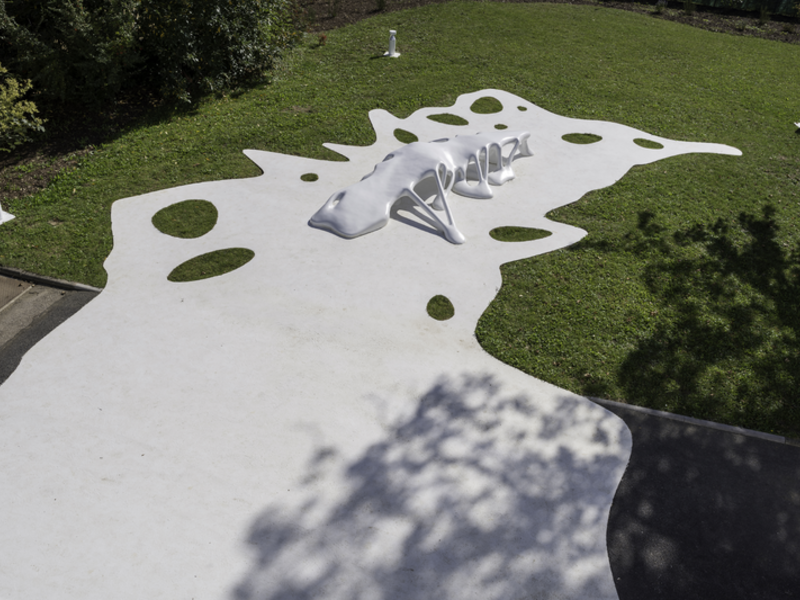
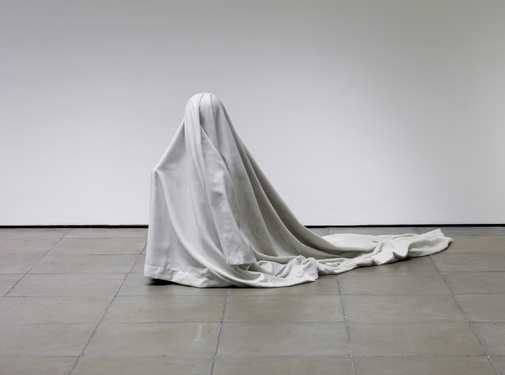 \
\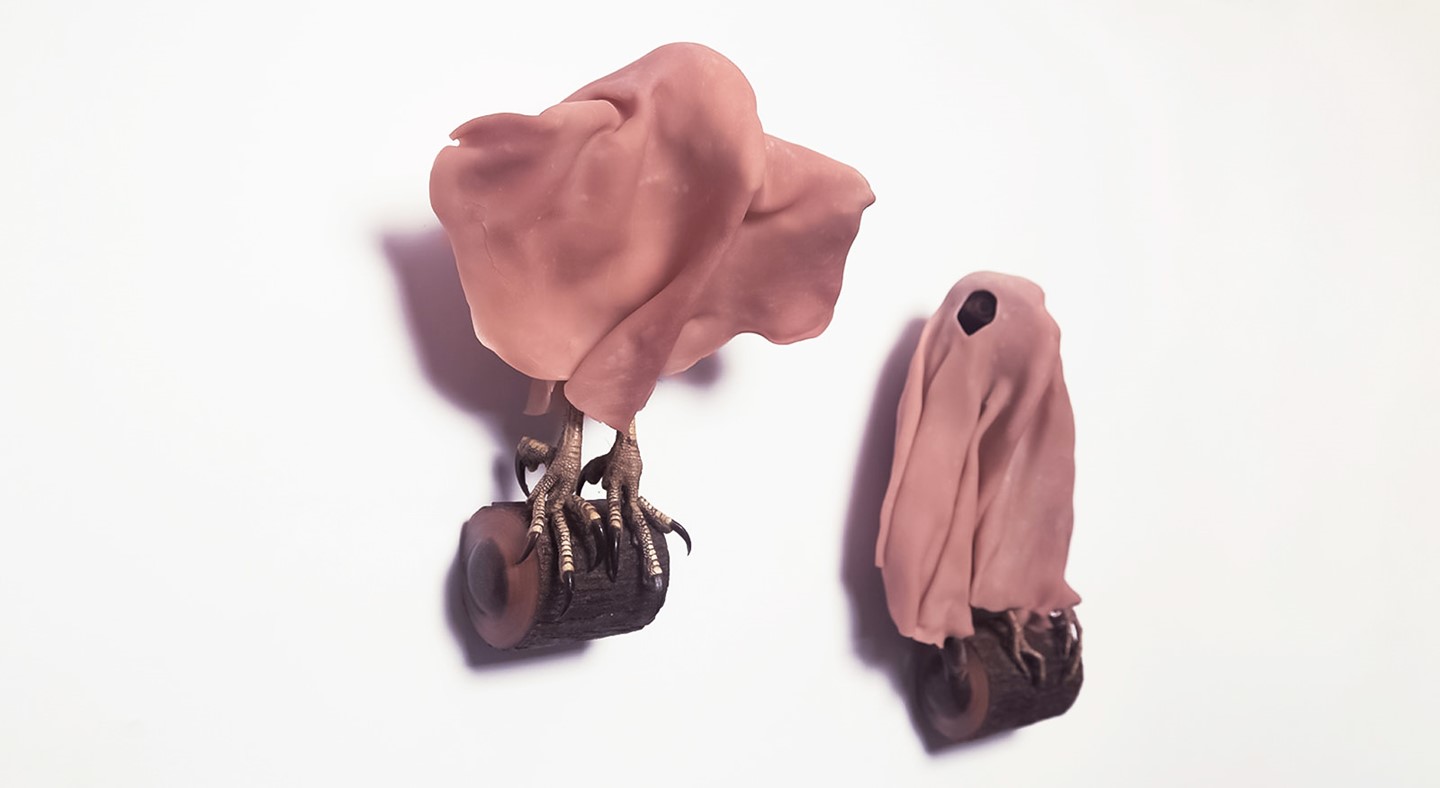
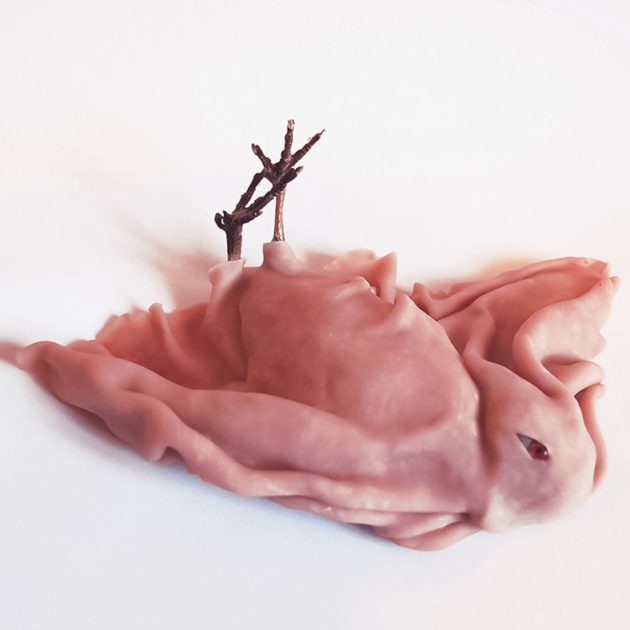

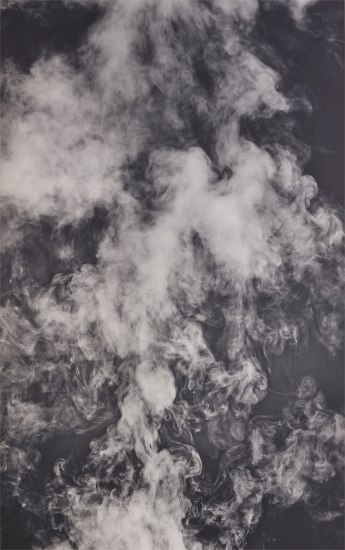
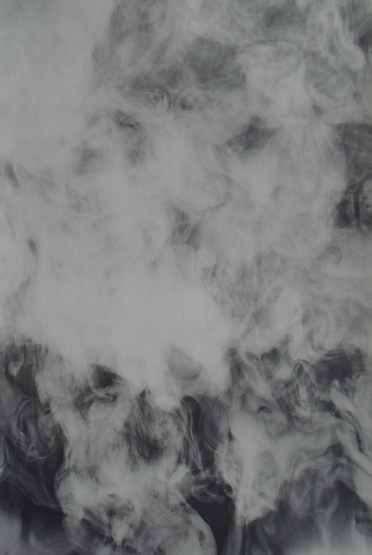
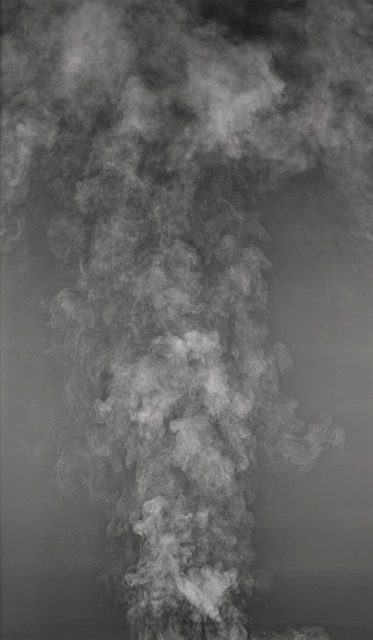
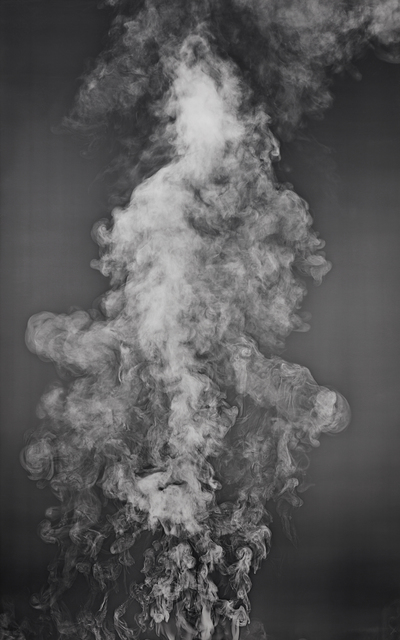
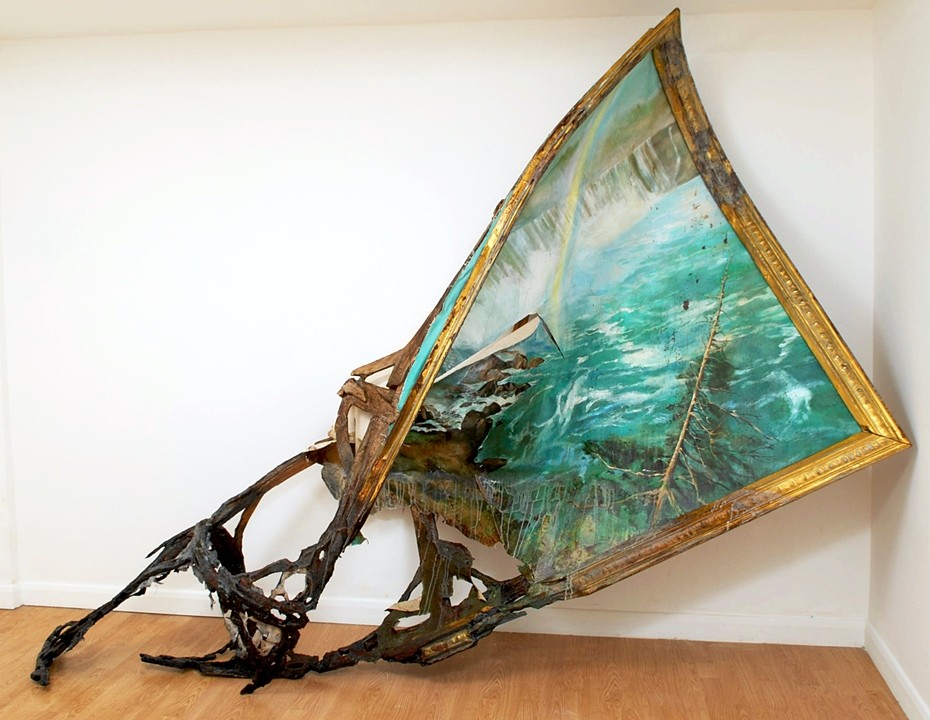

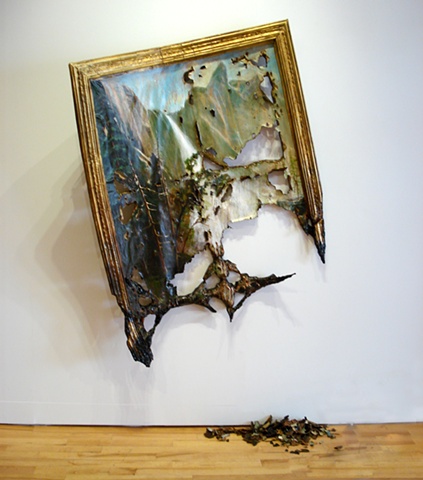

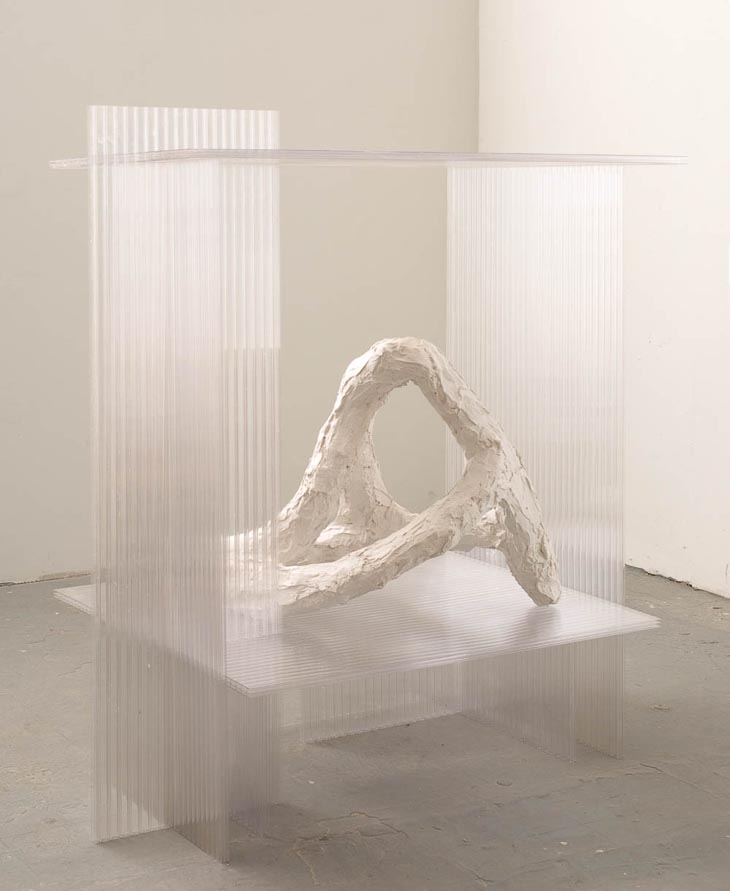
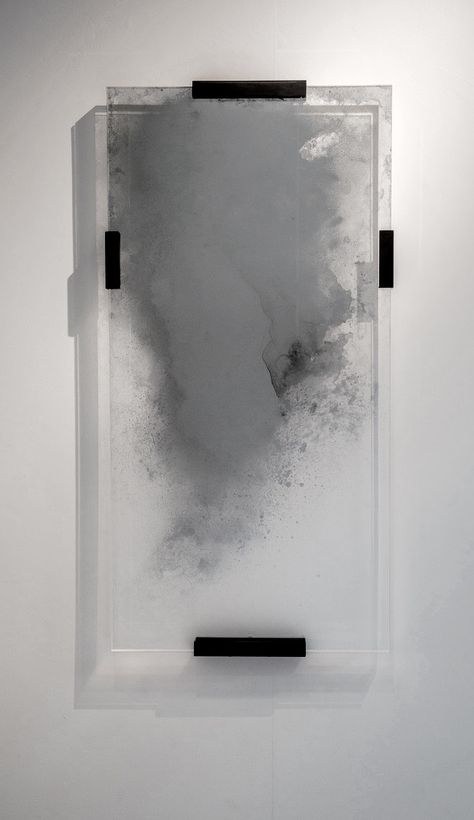
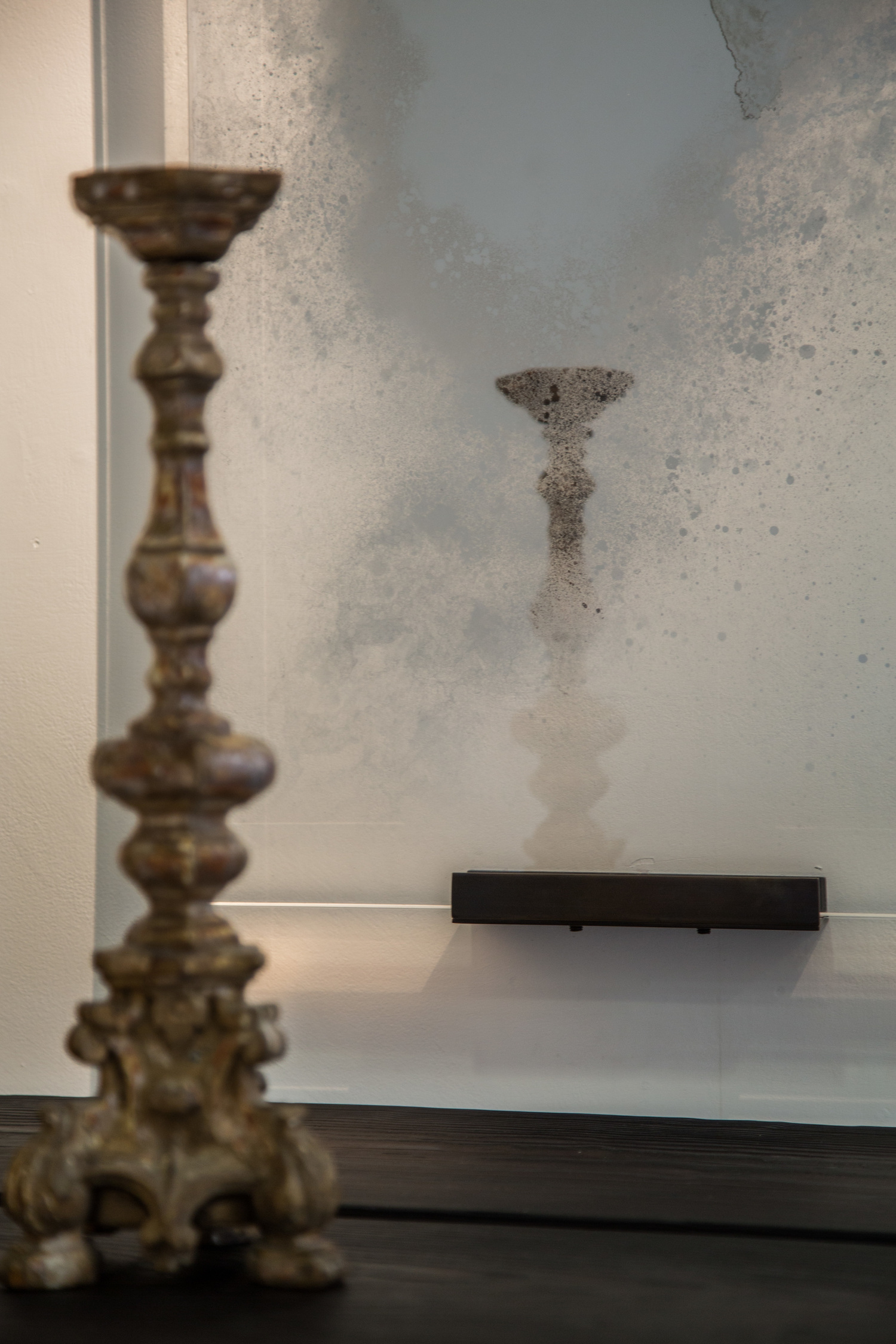
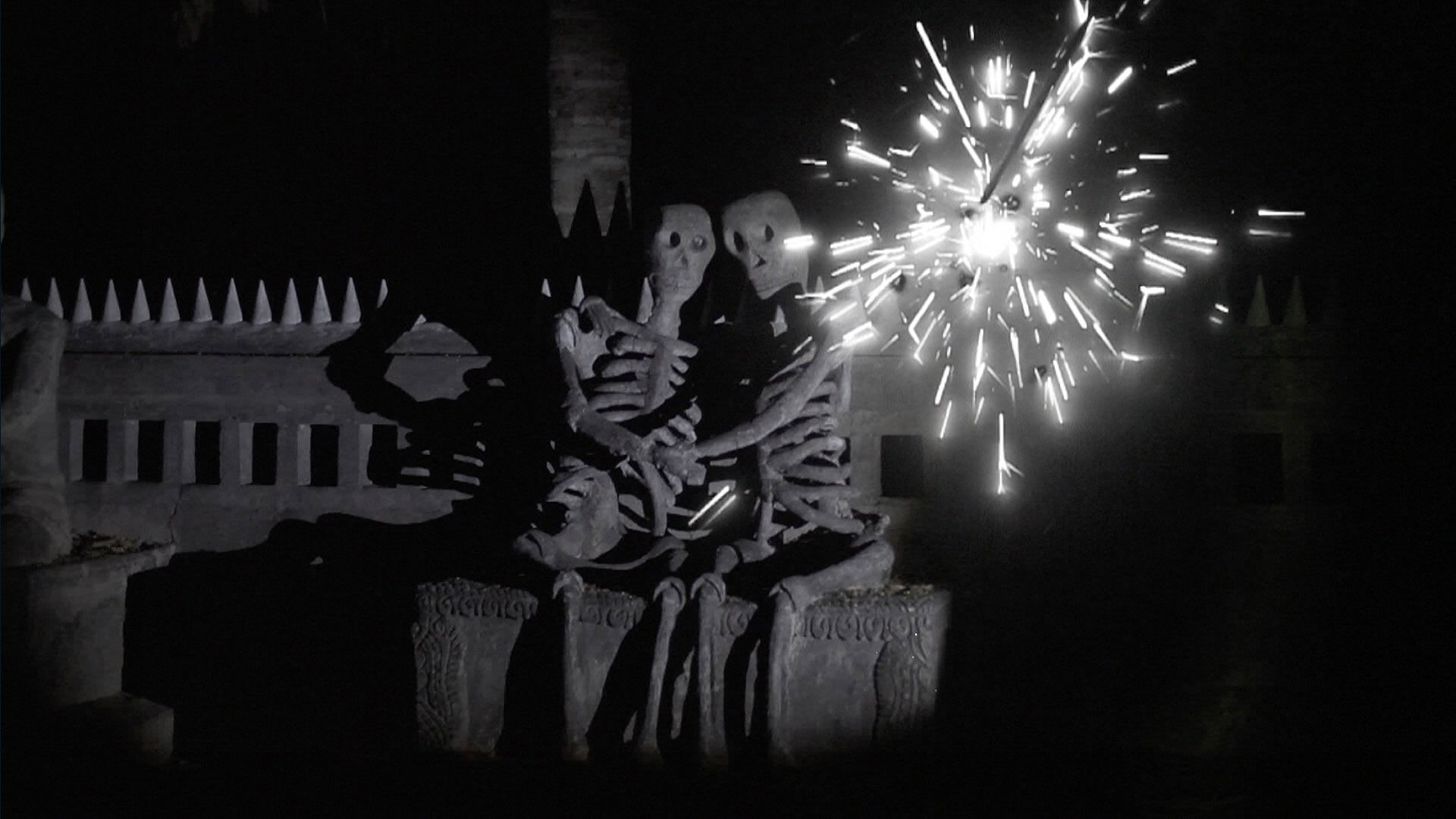
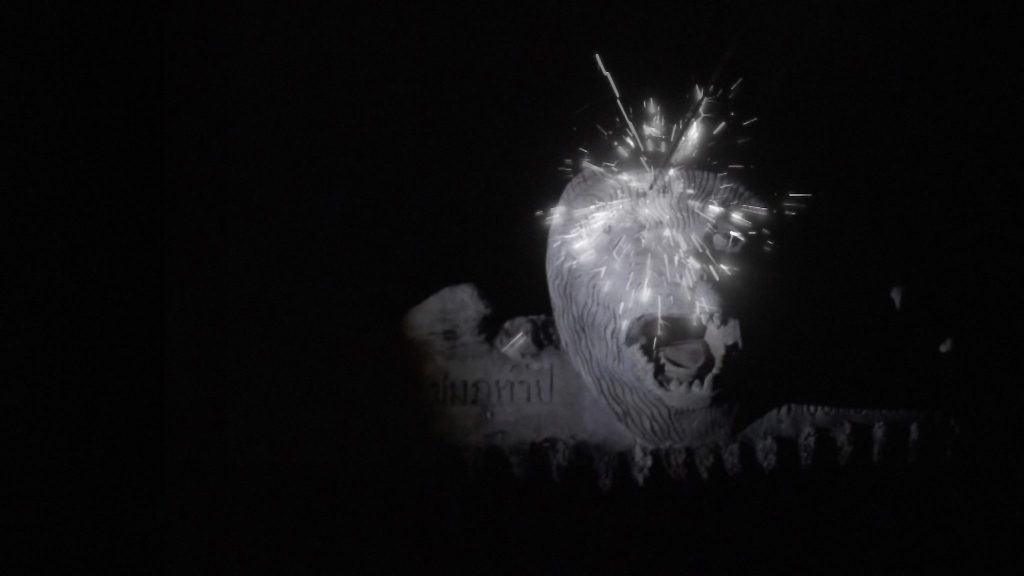
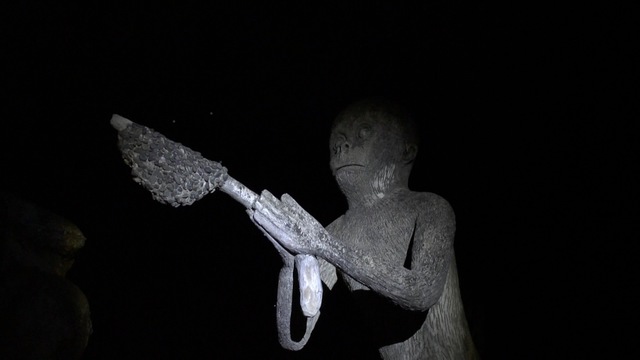
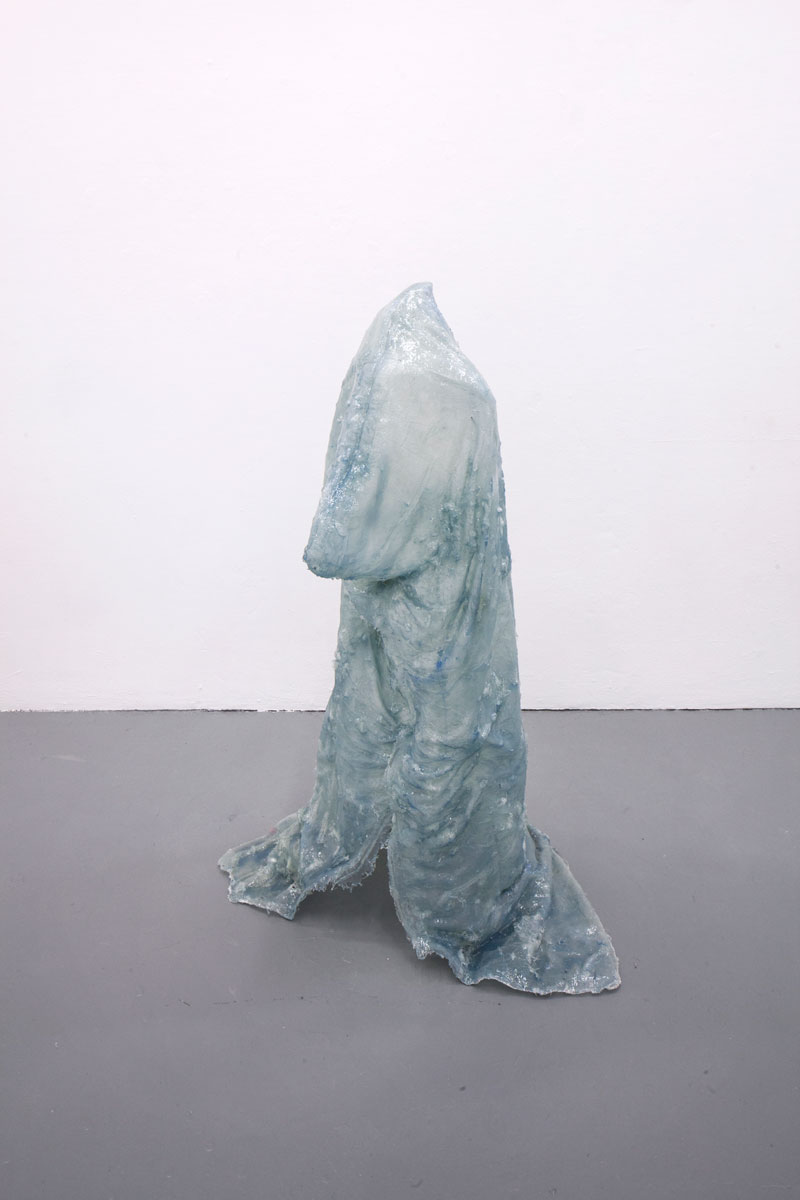
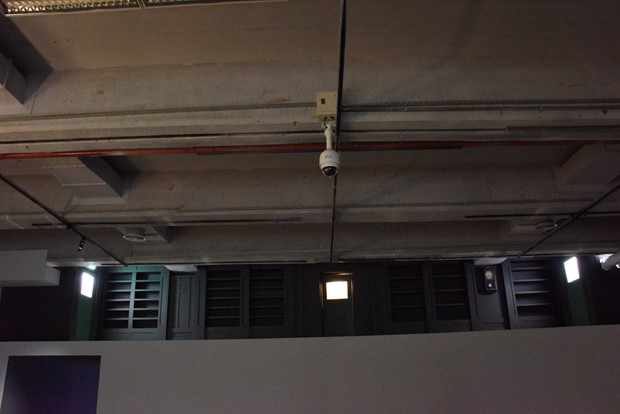
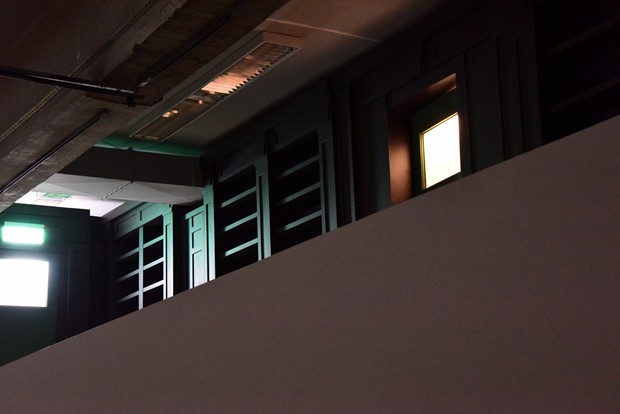
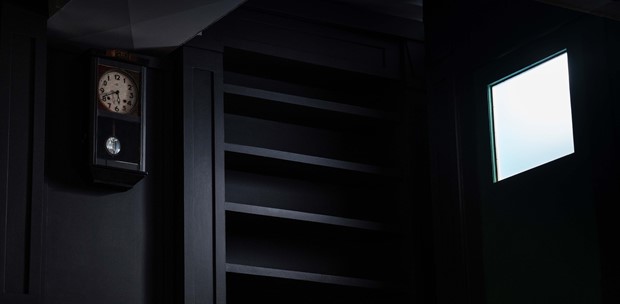
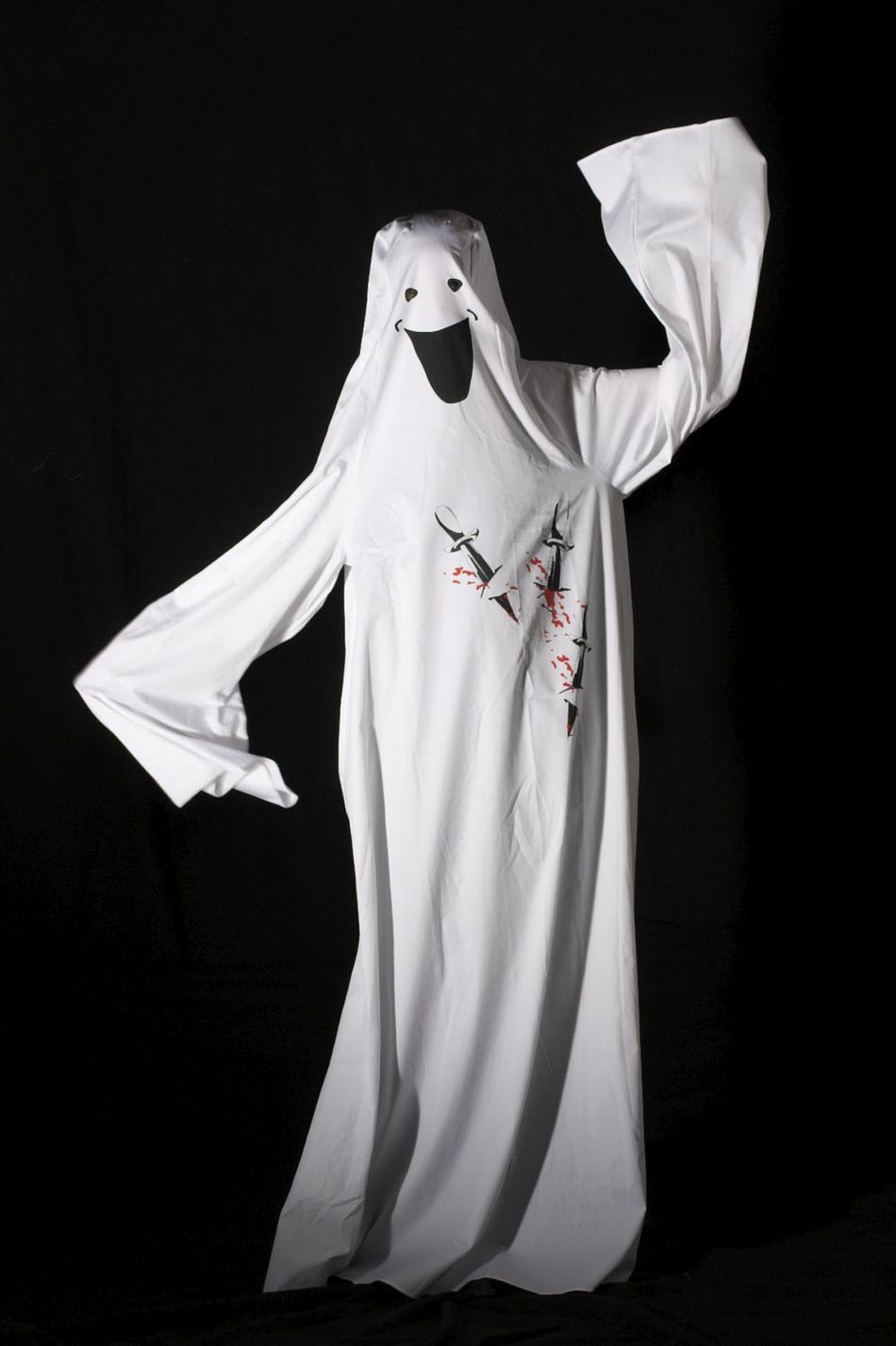
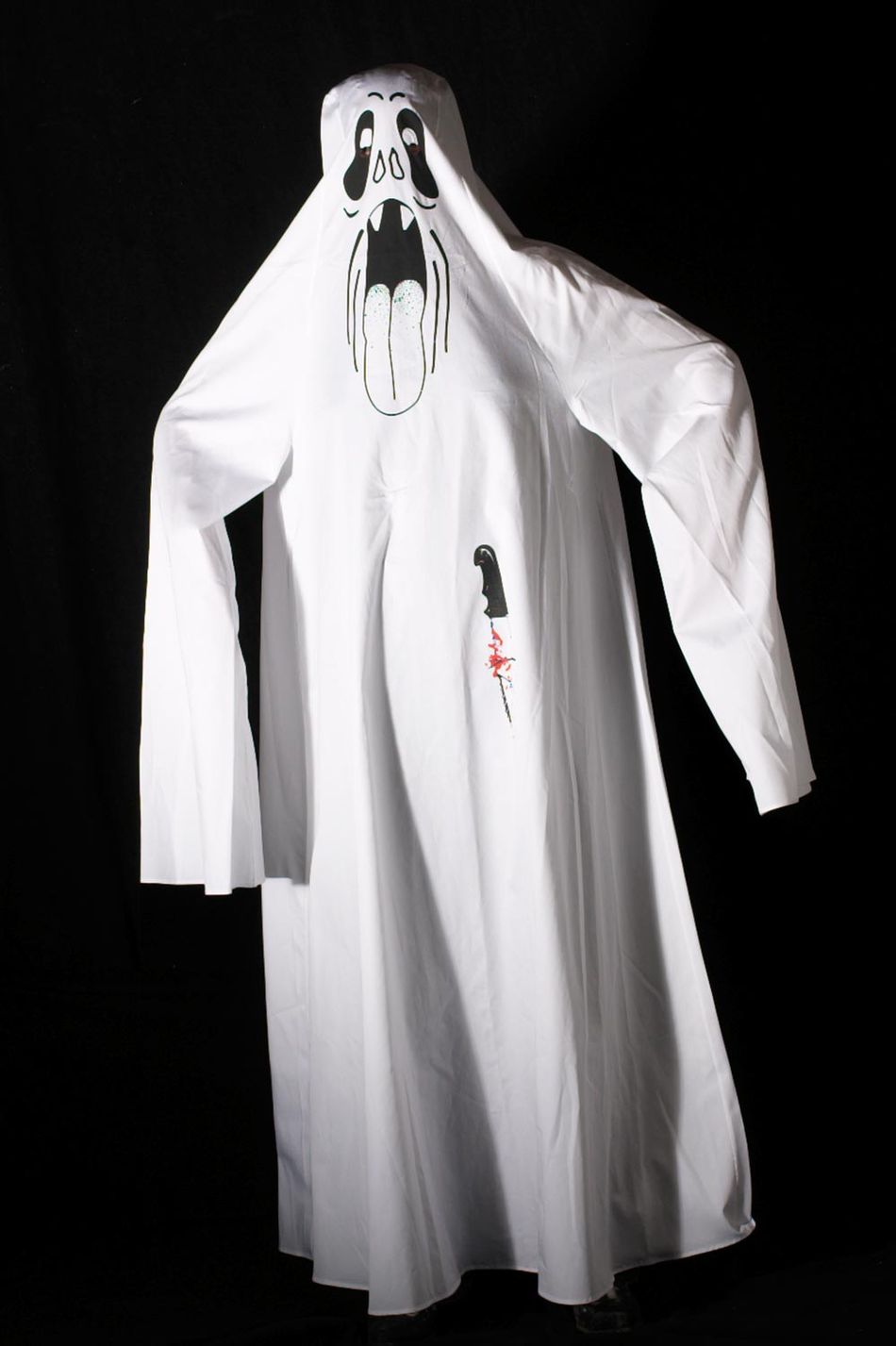
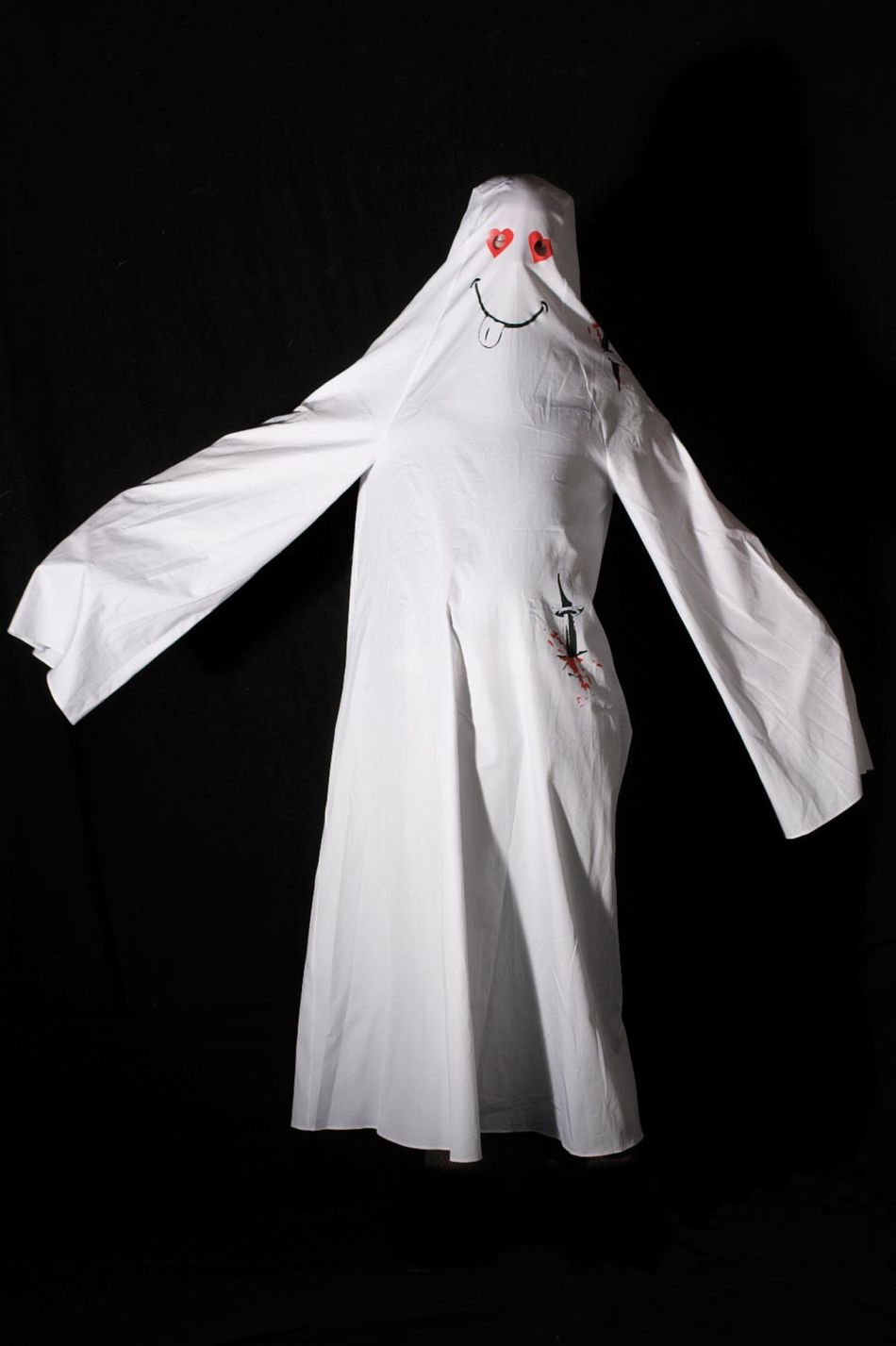
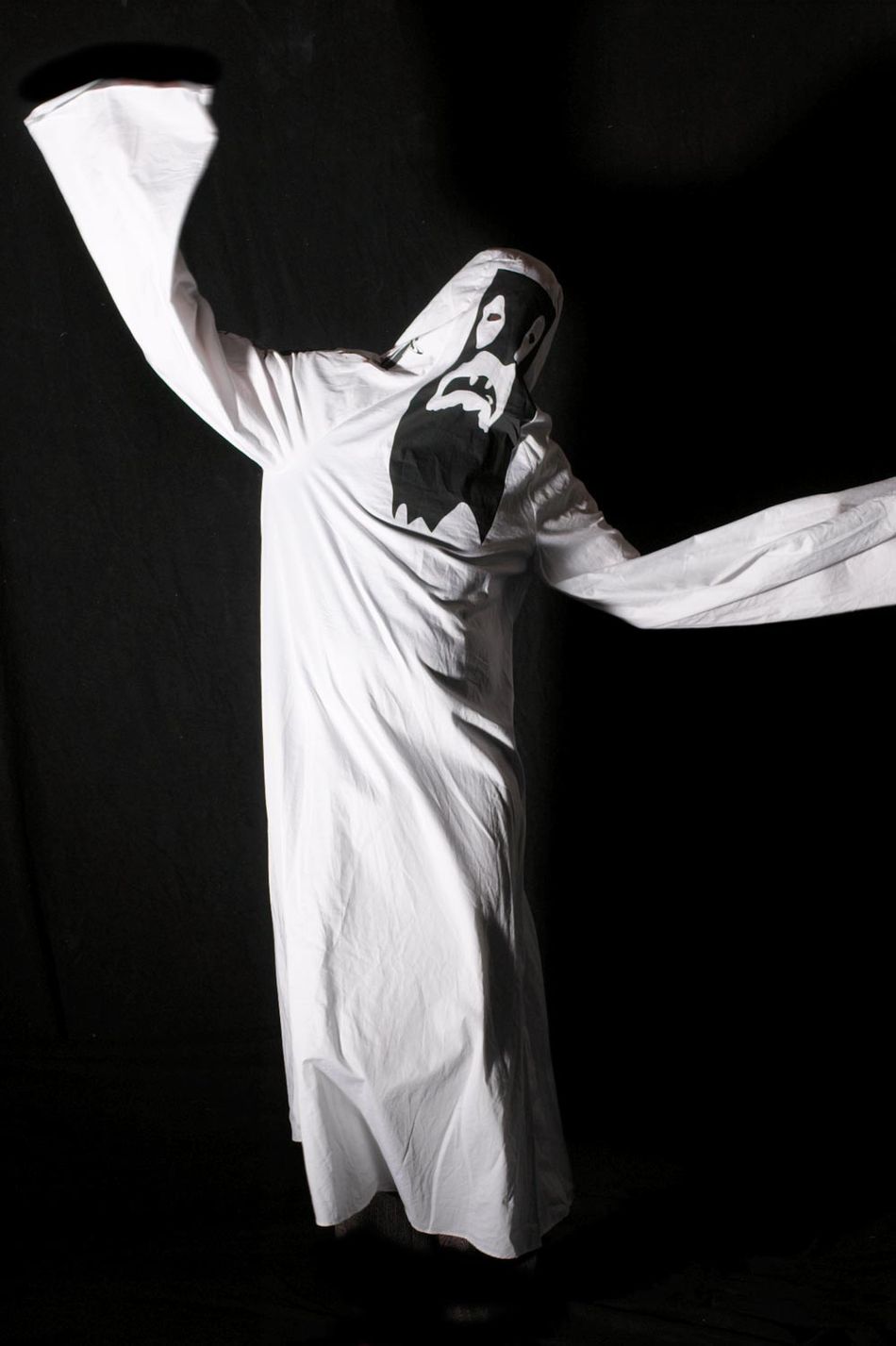
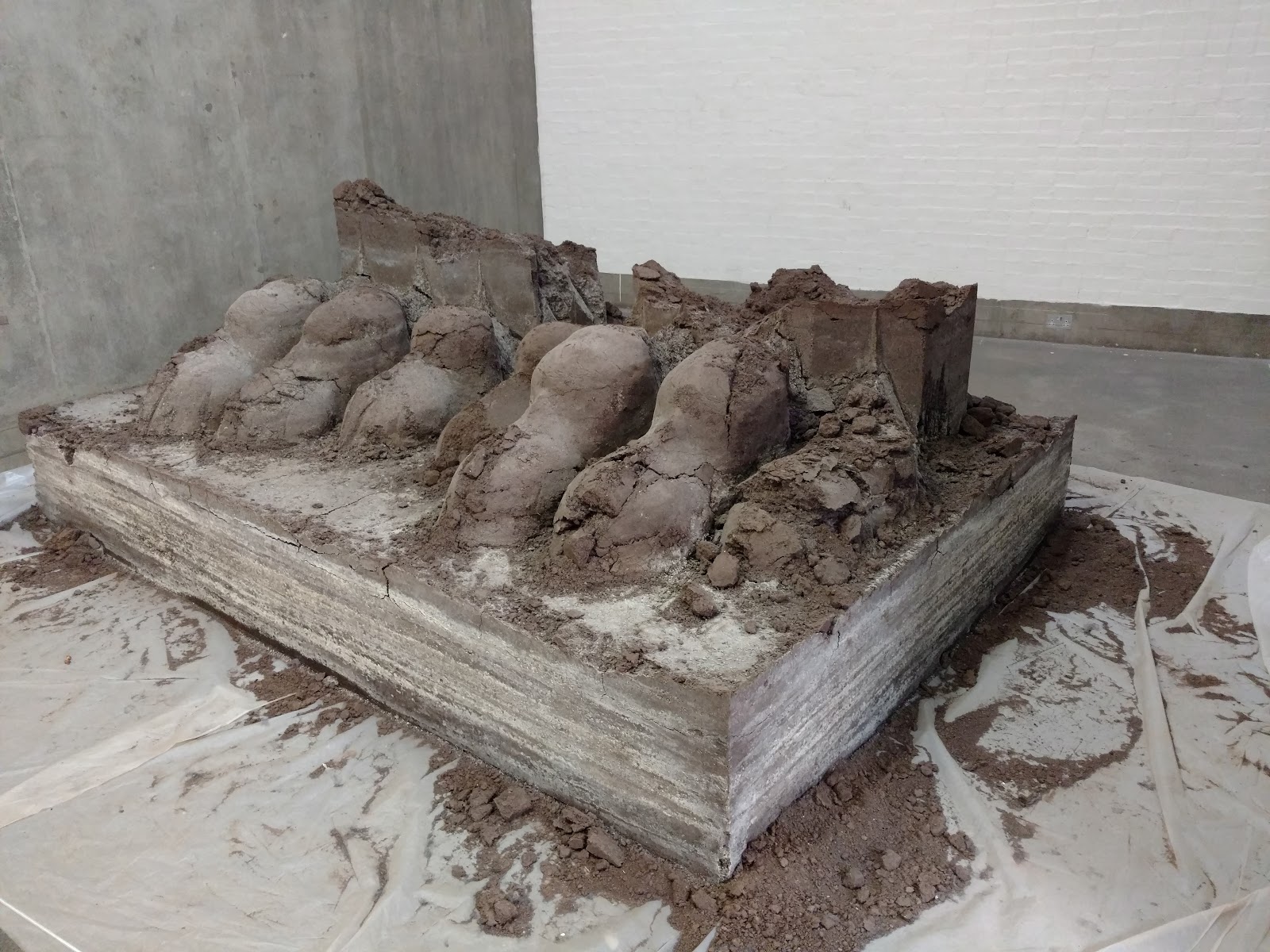
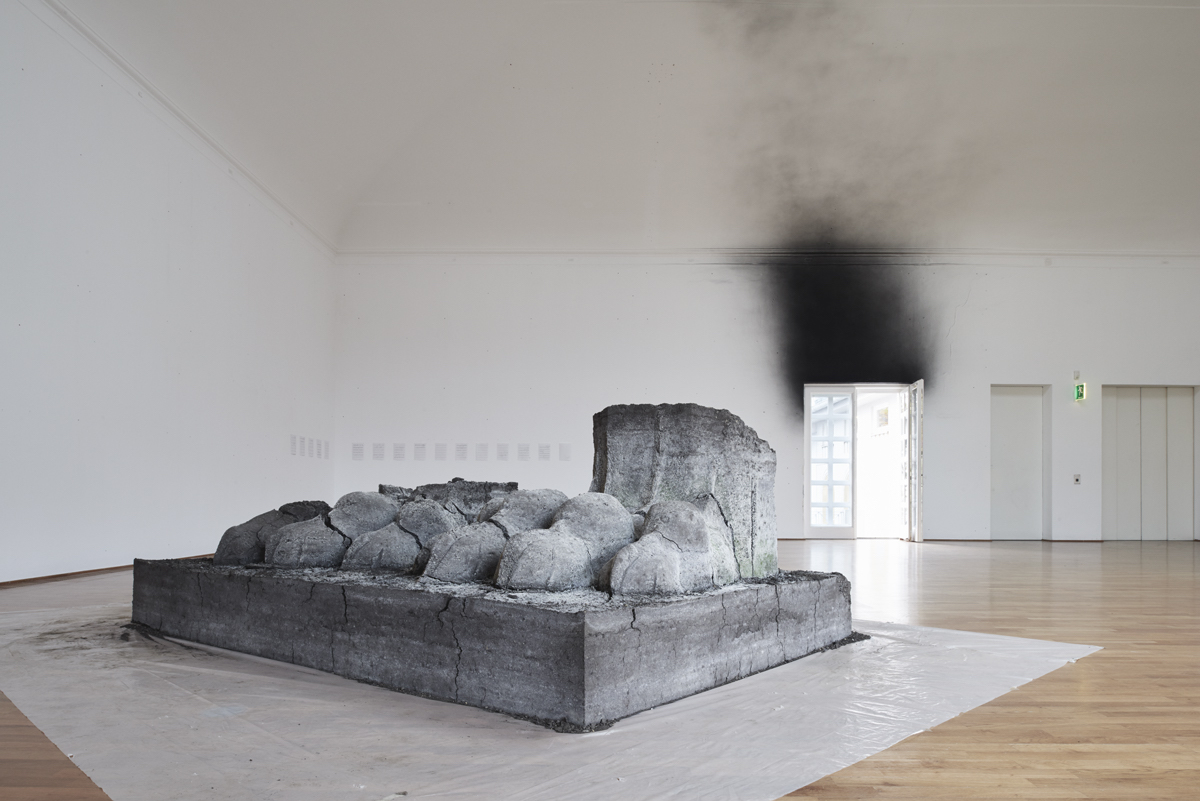
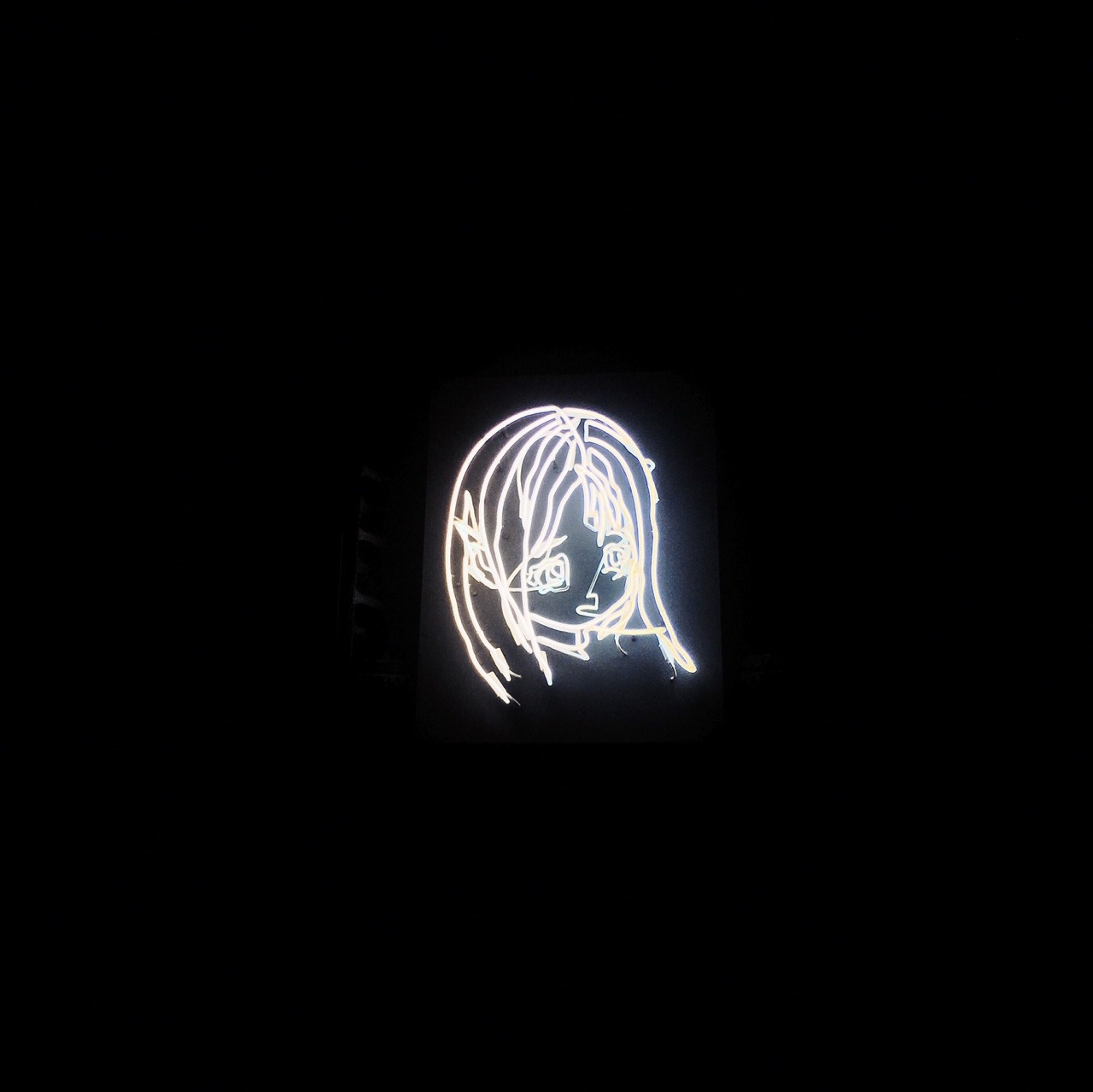

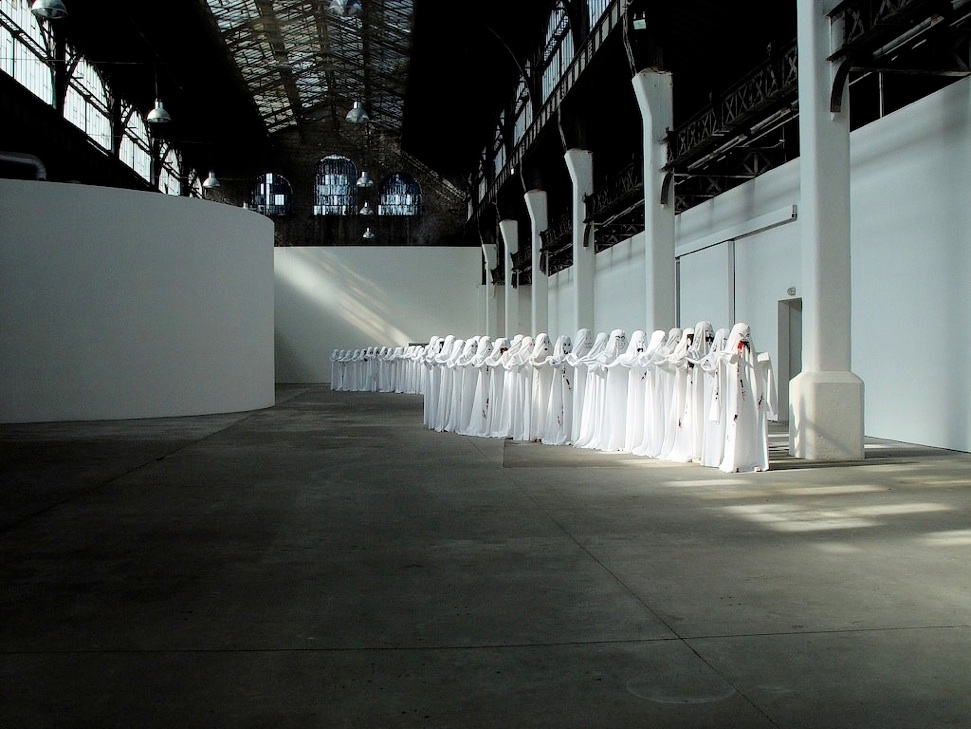
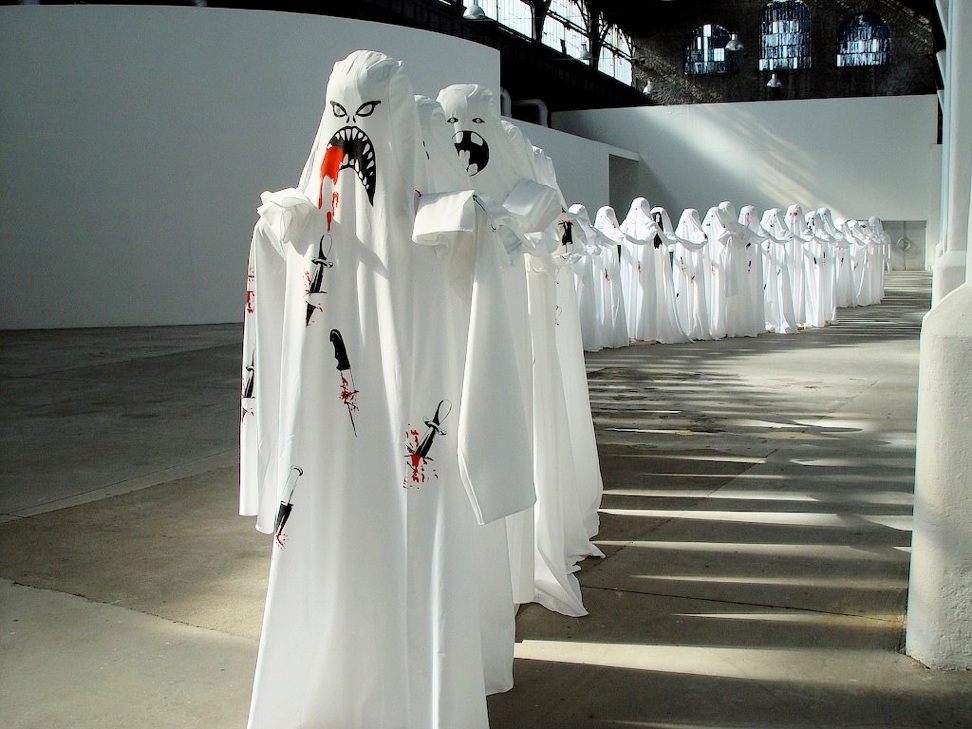
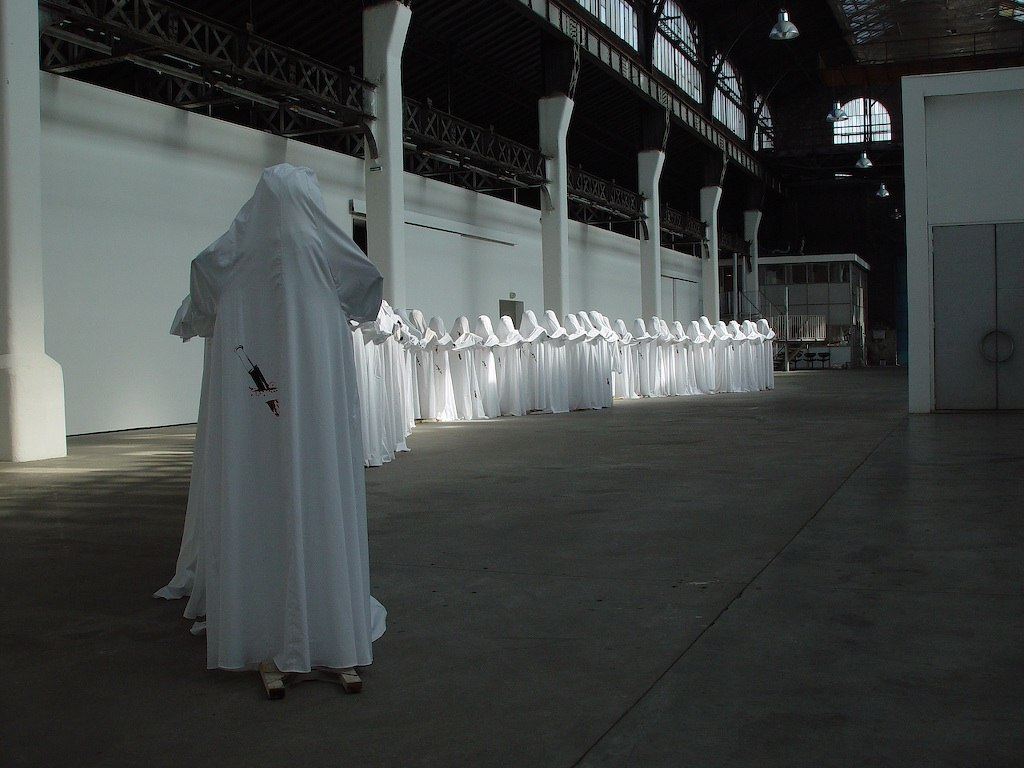
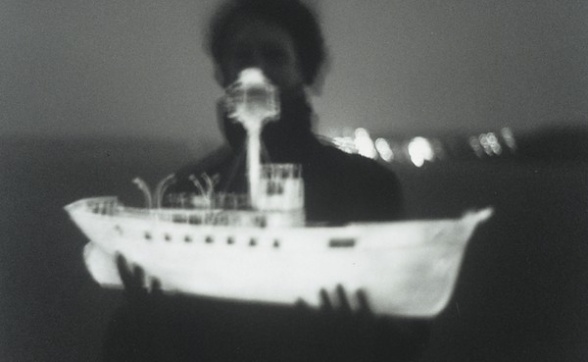

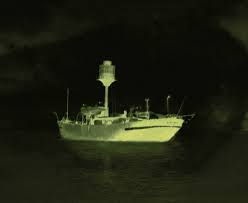
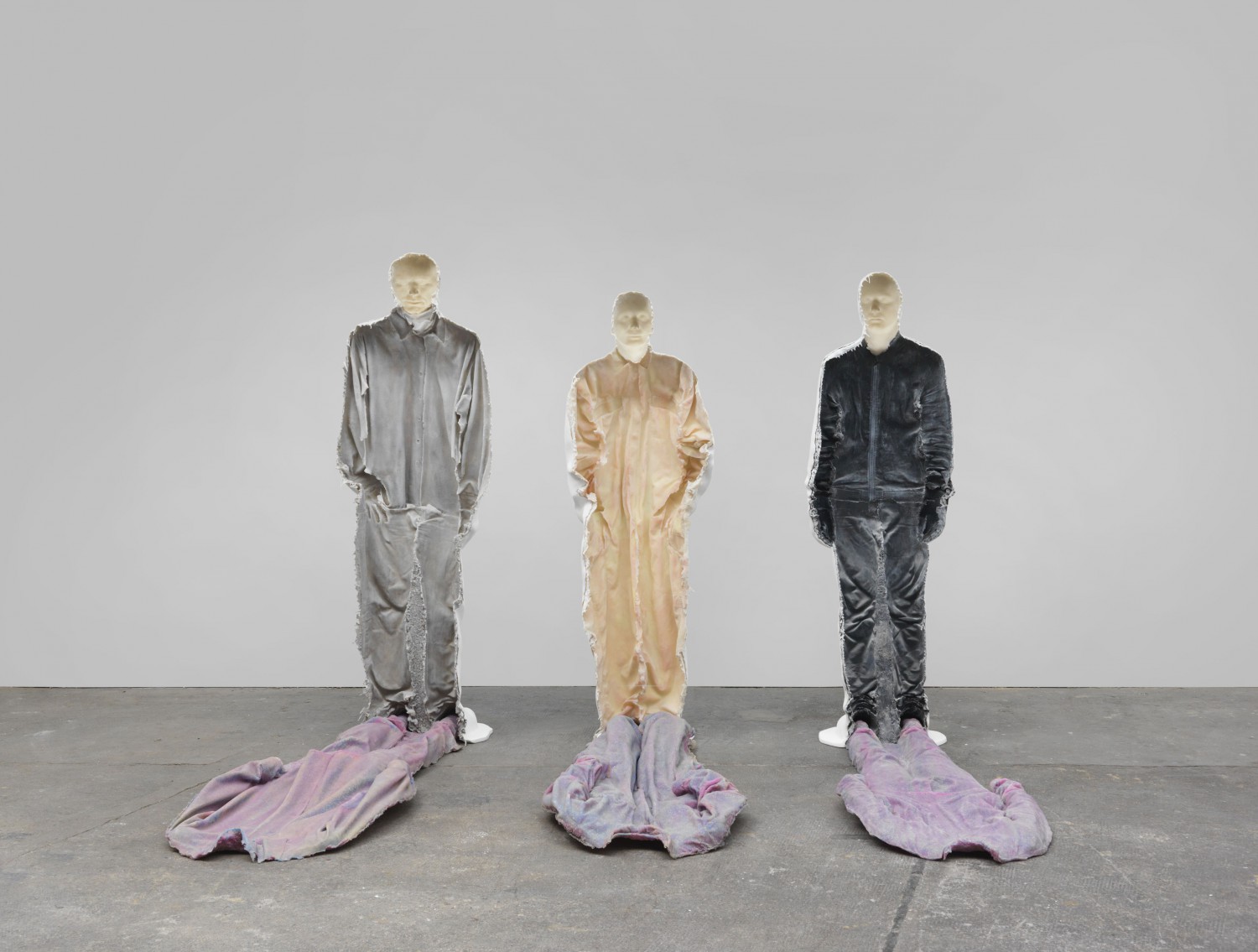
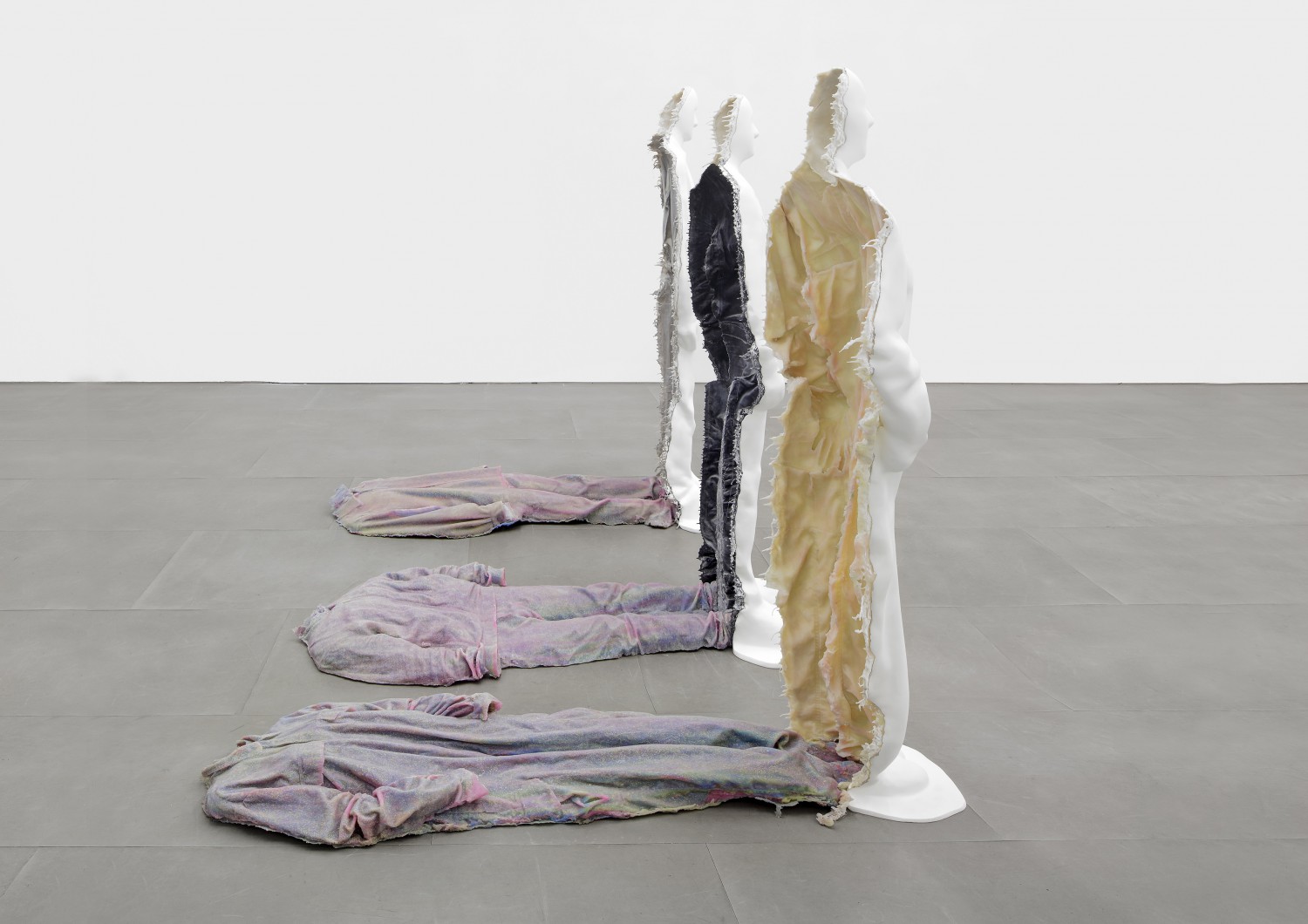
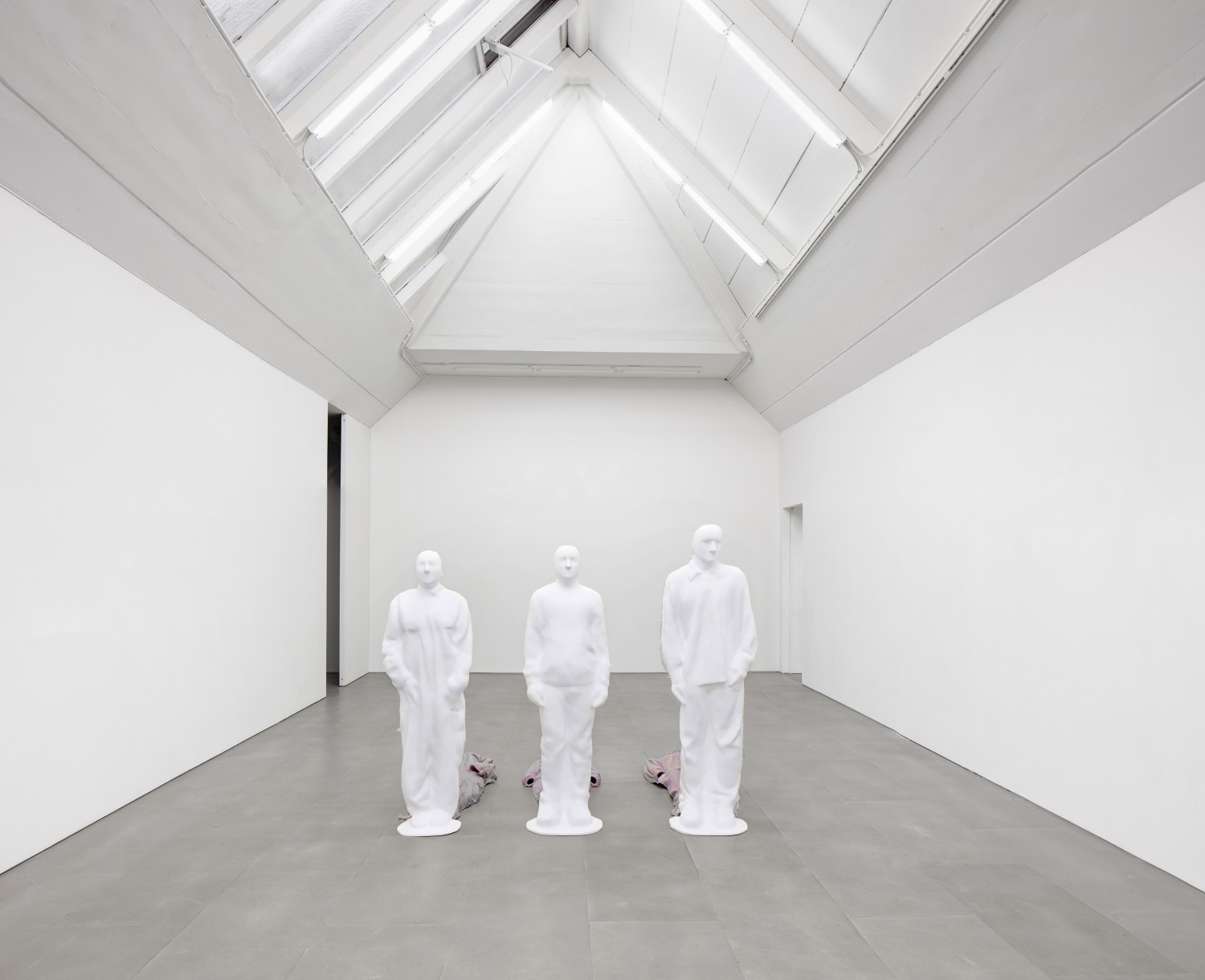
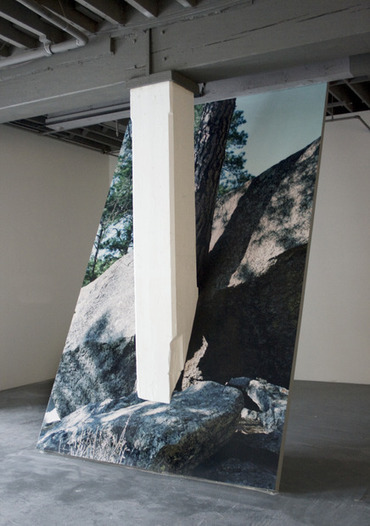
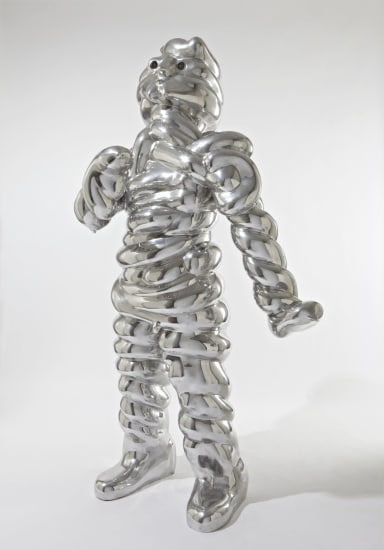
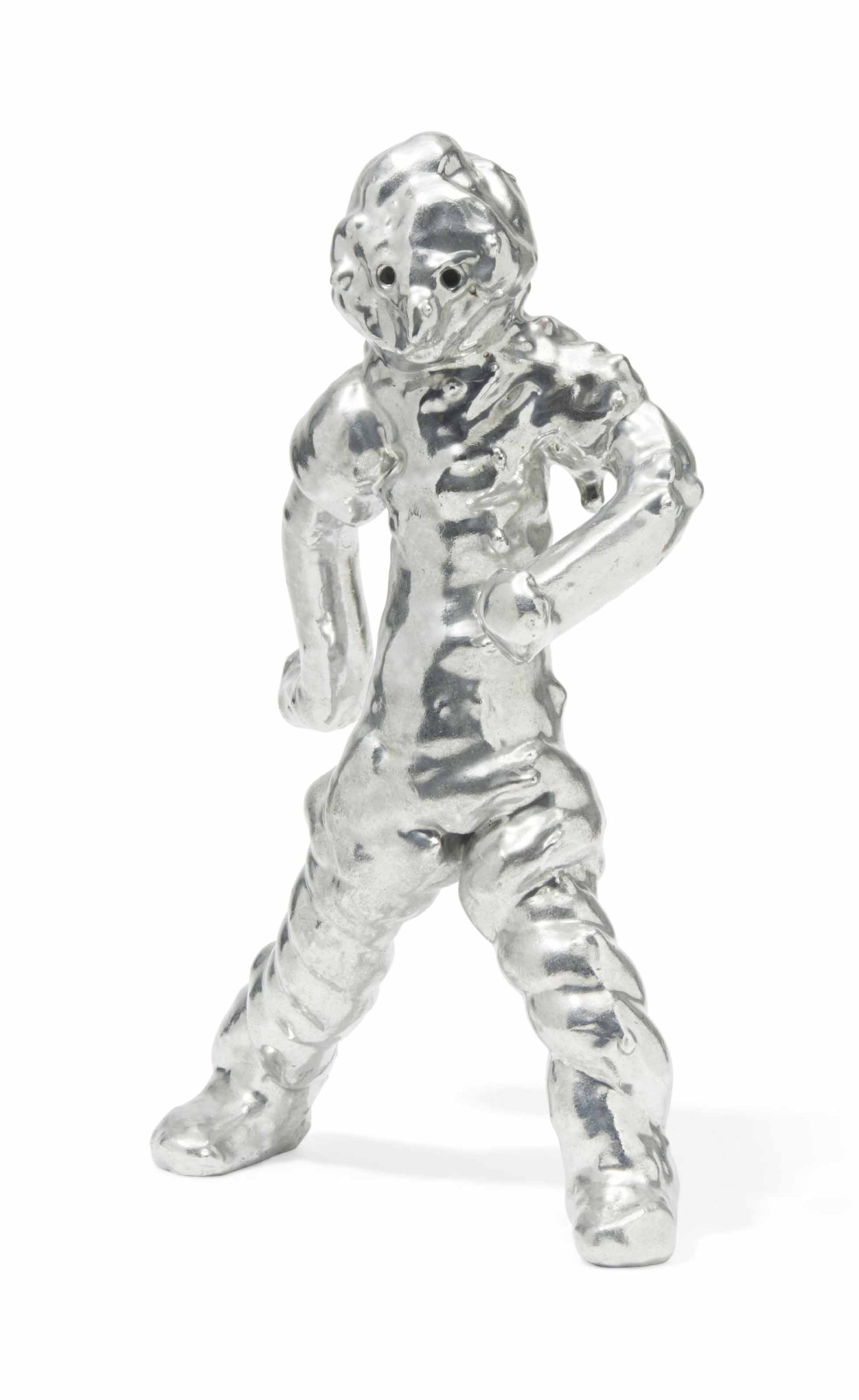

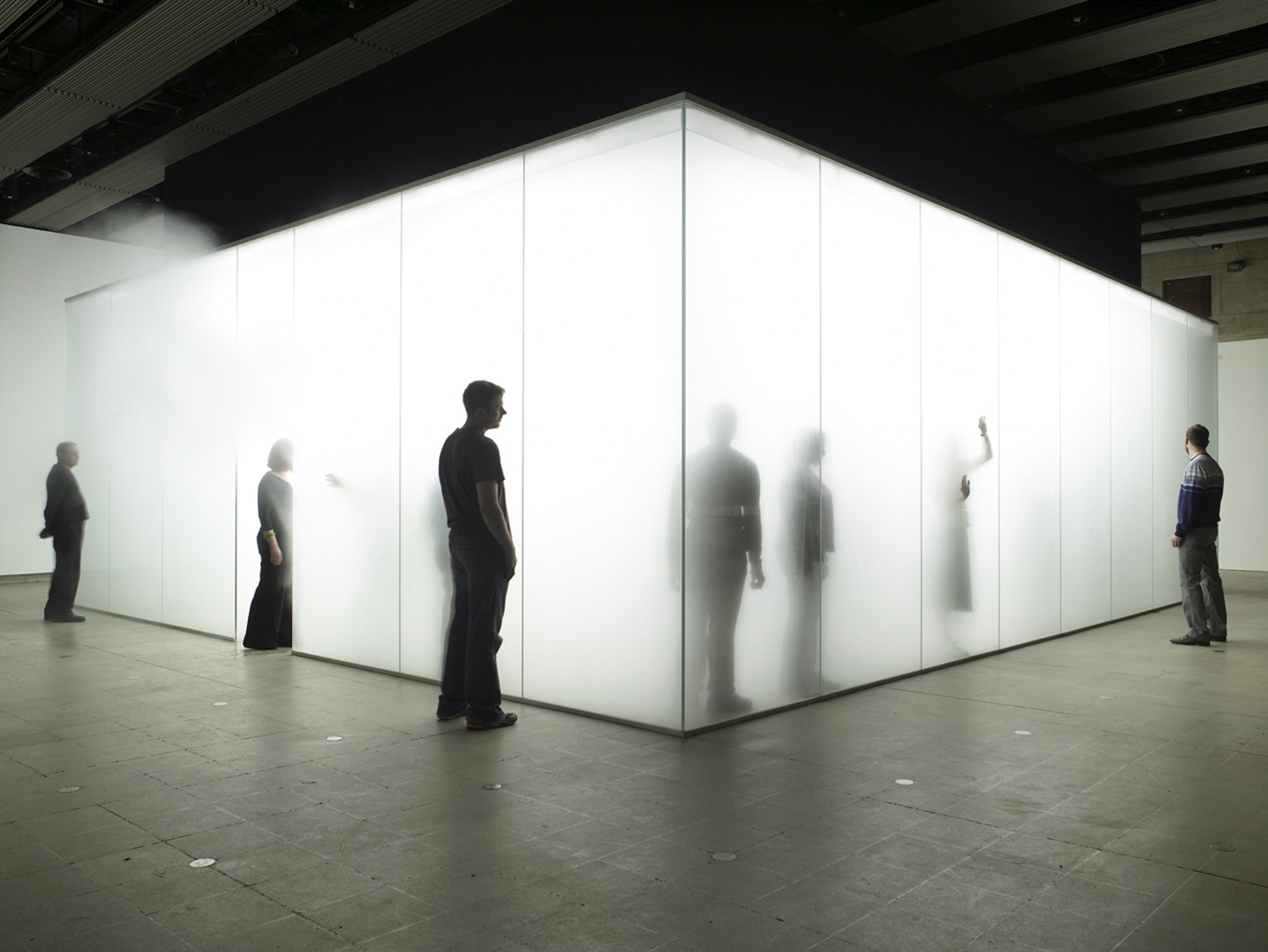
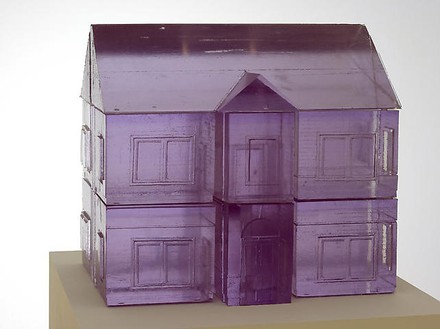
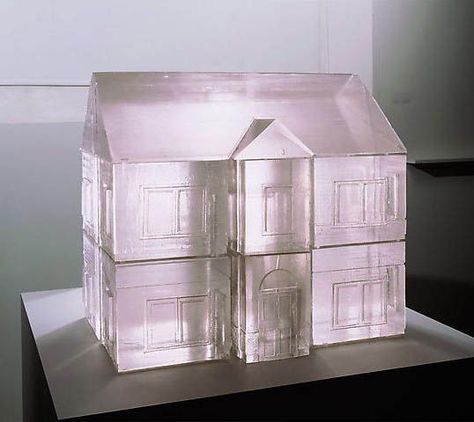
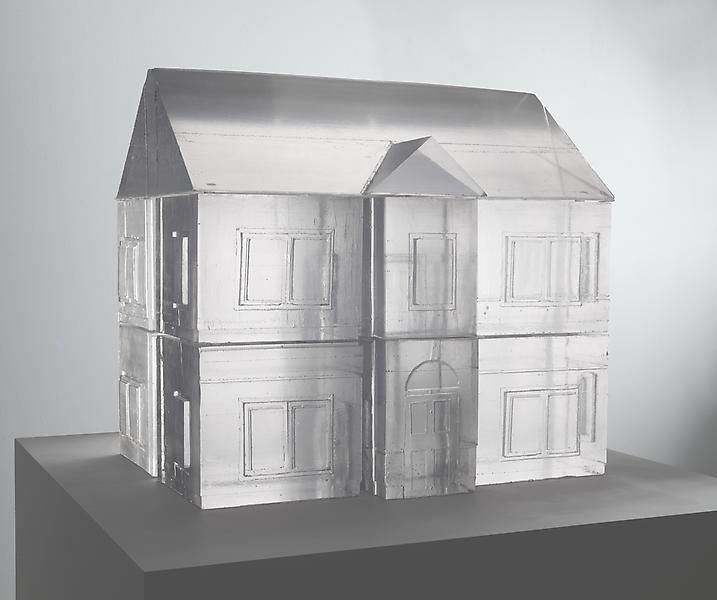
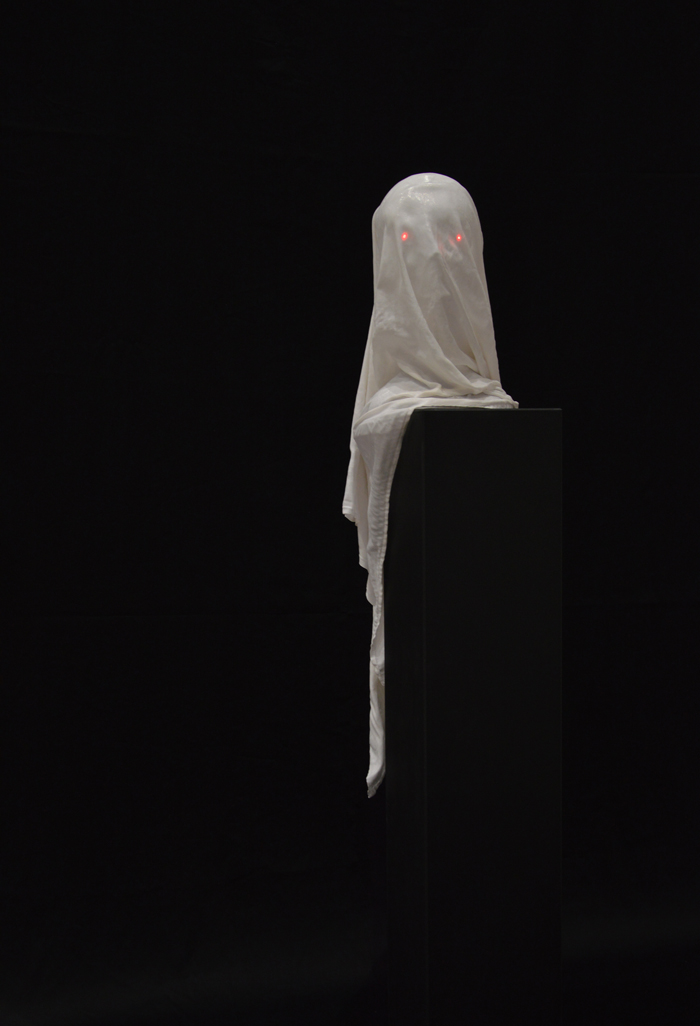
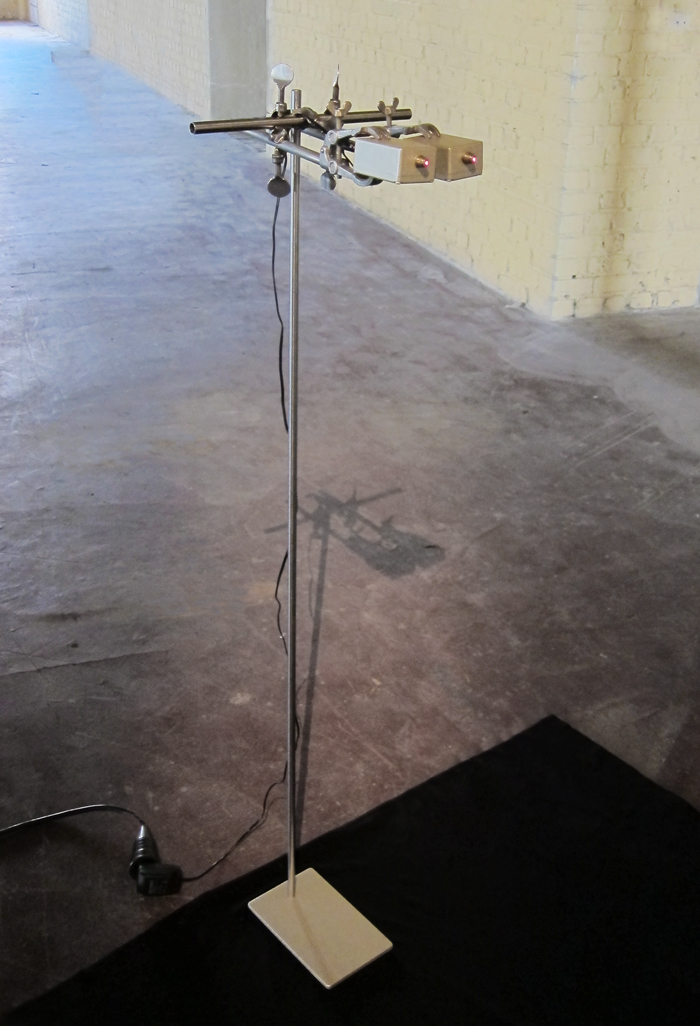
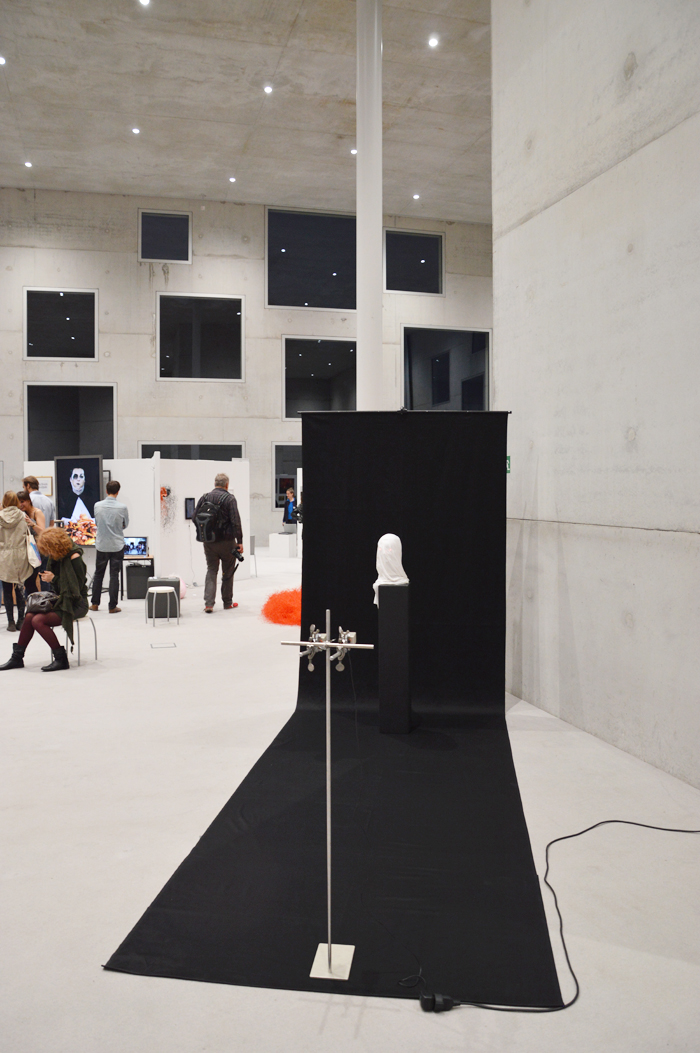

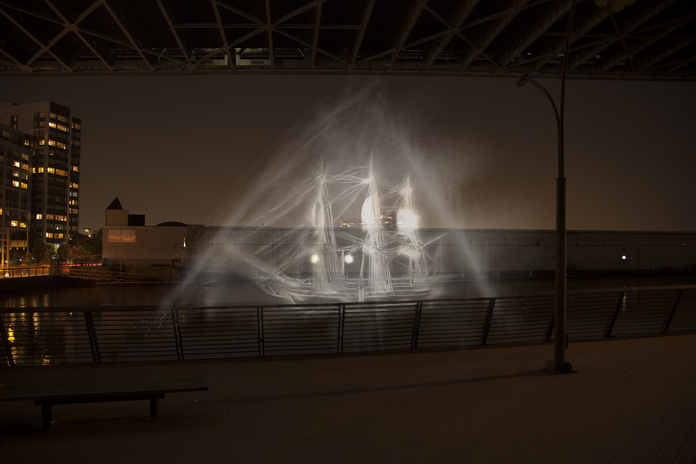
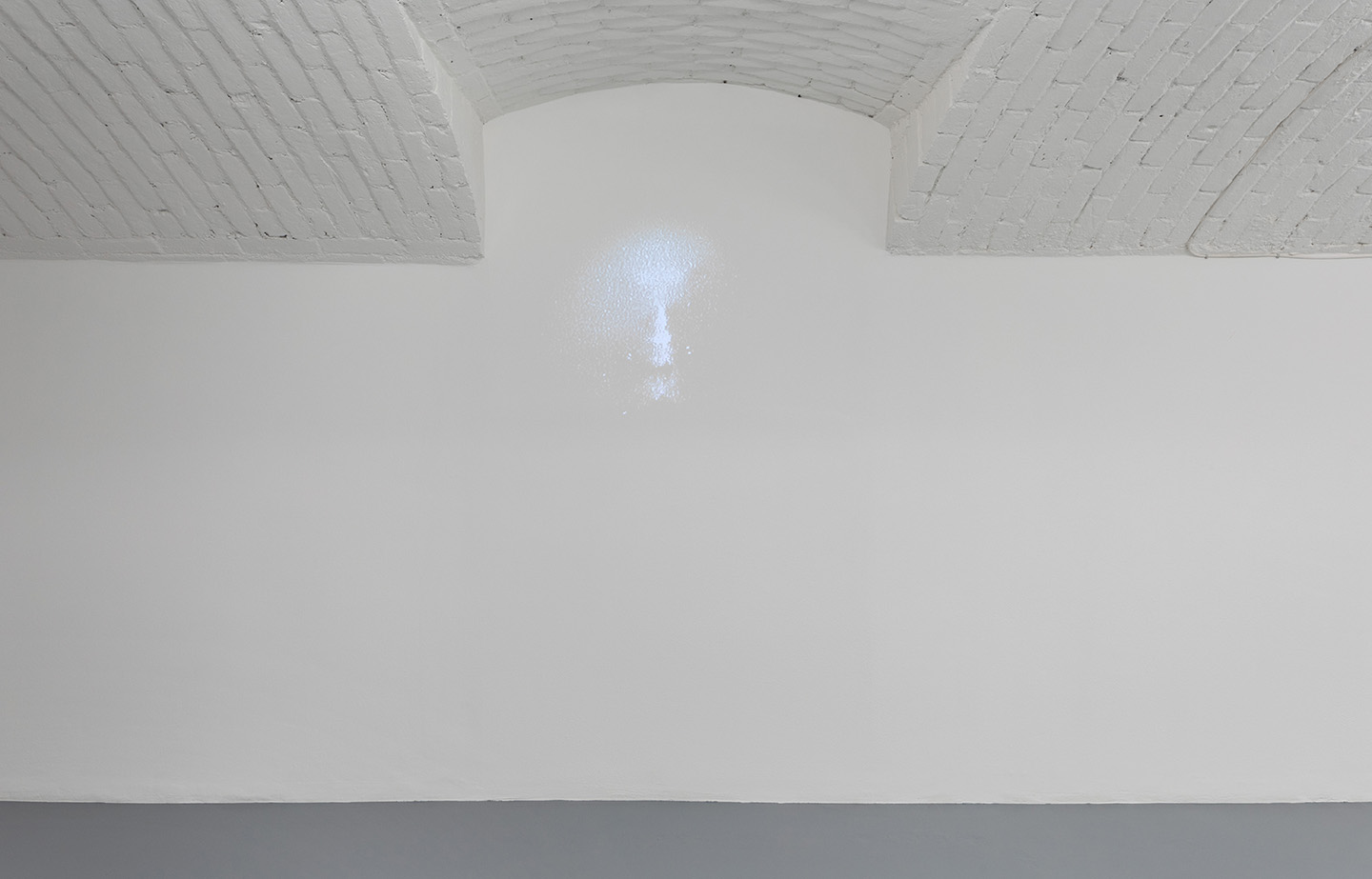


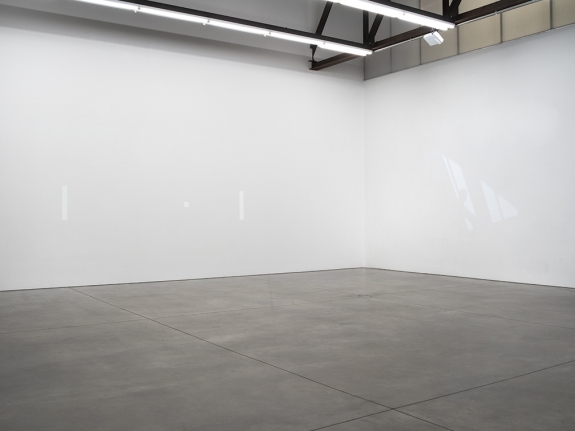
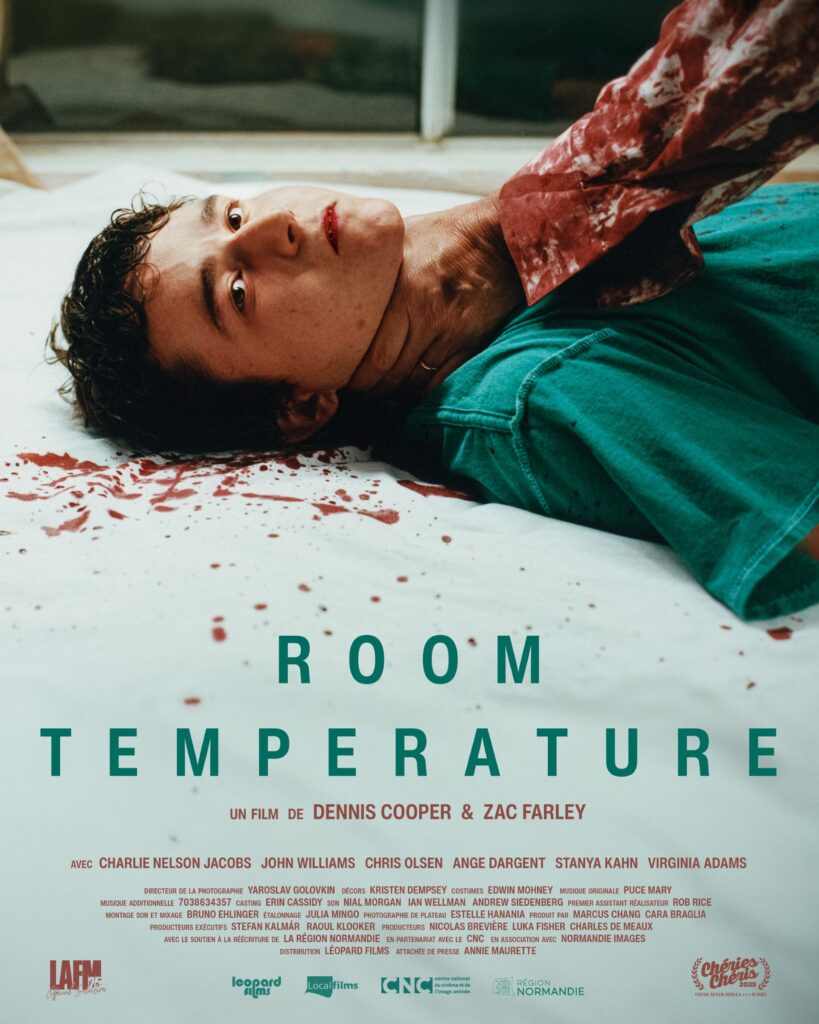

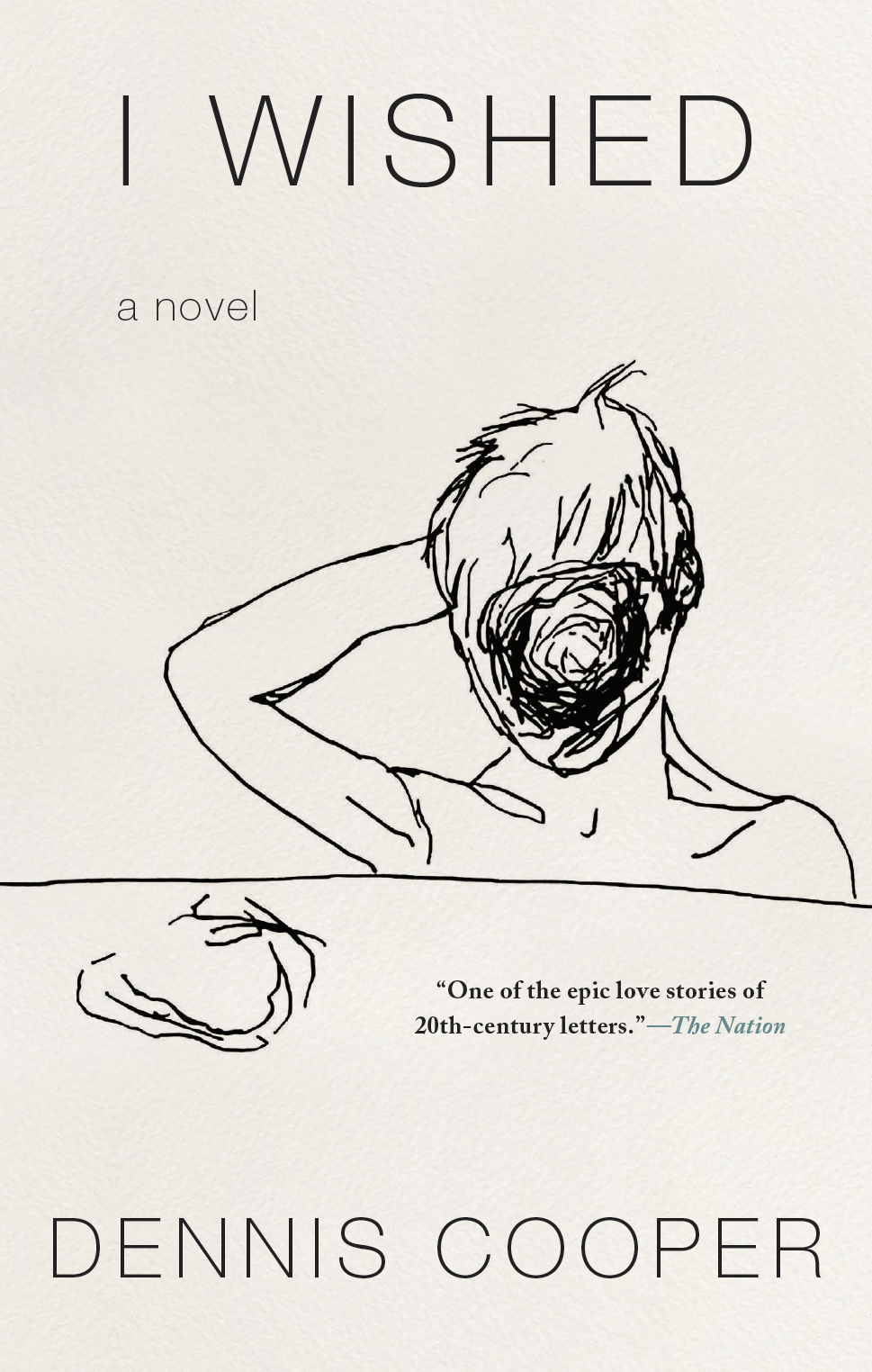
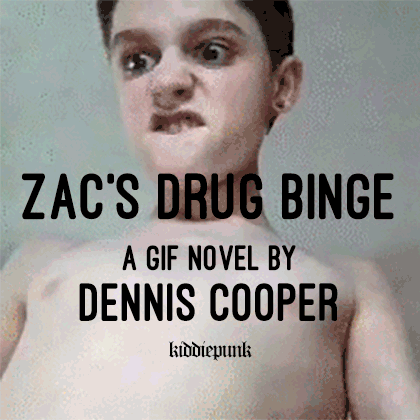
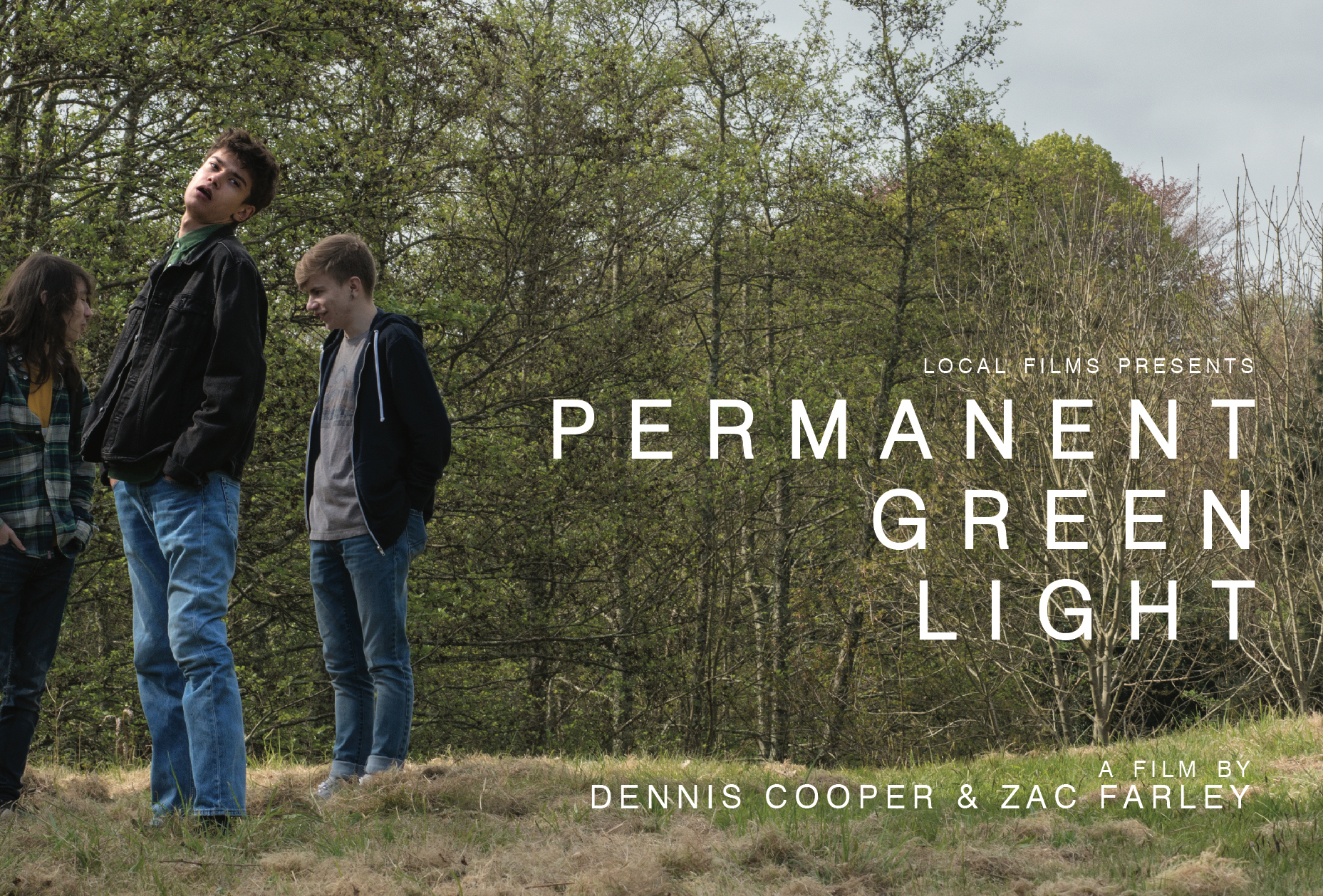 Now available in North America
Now available in North America 